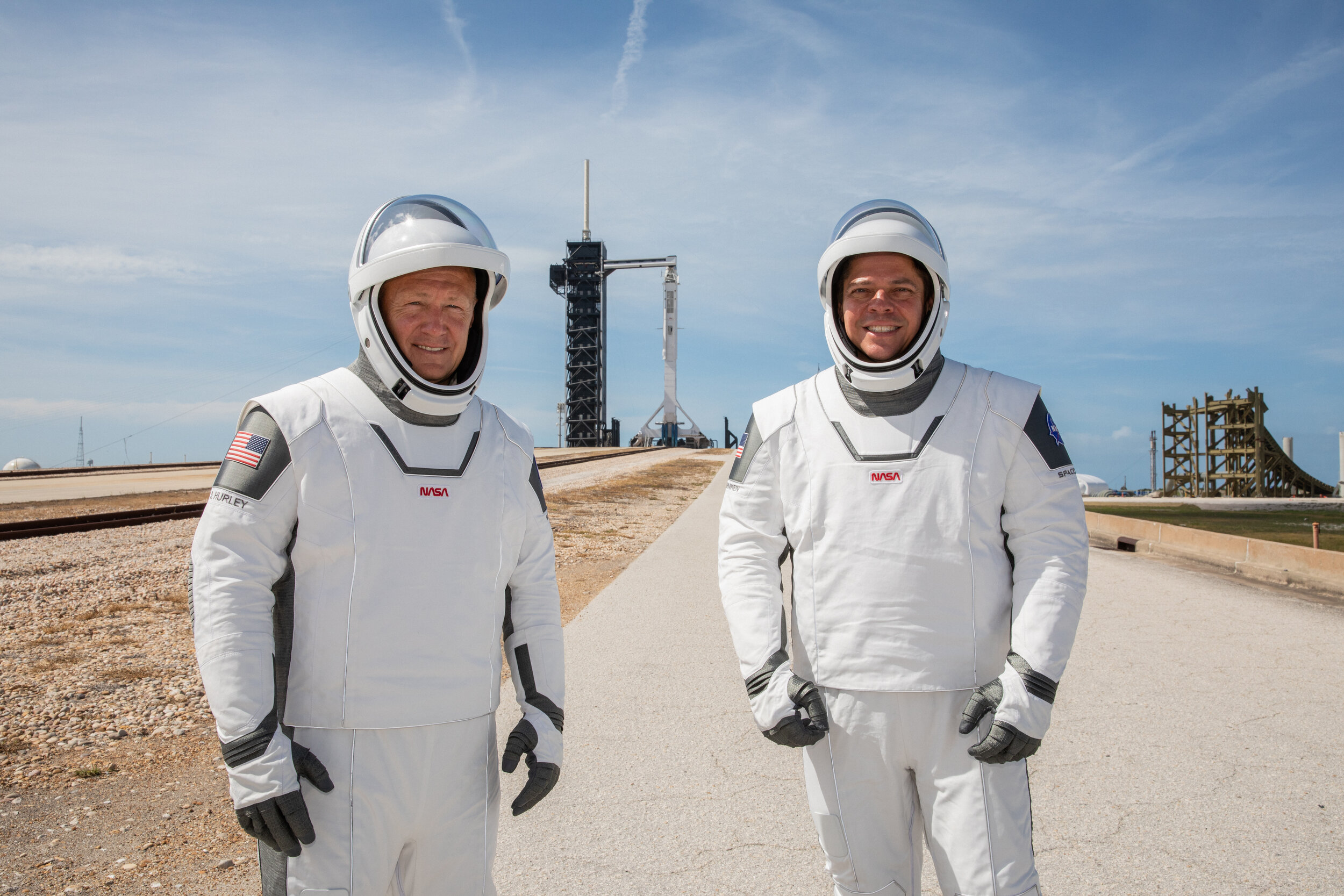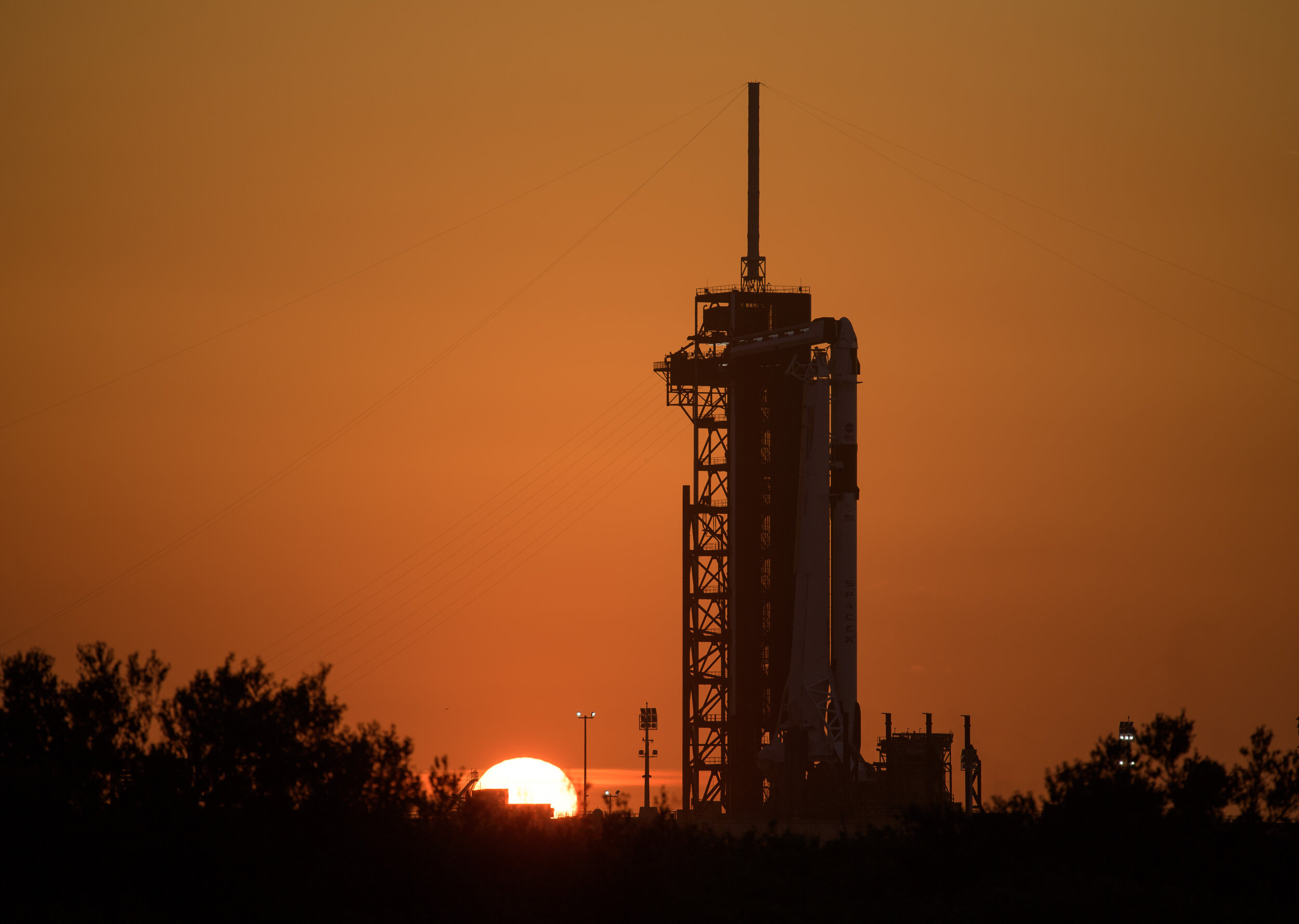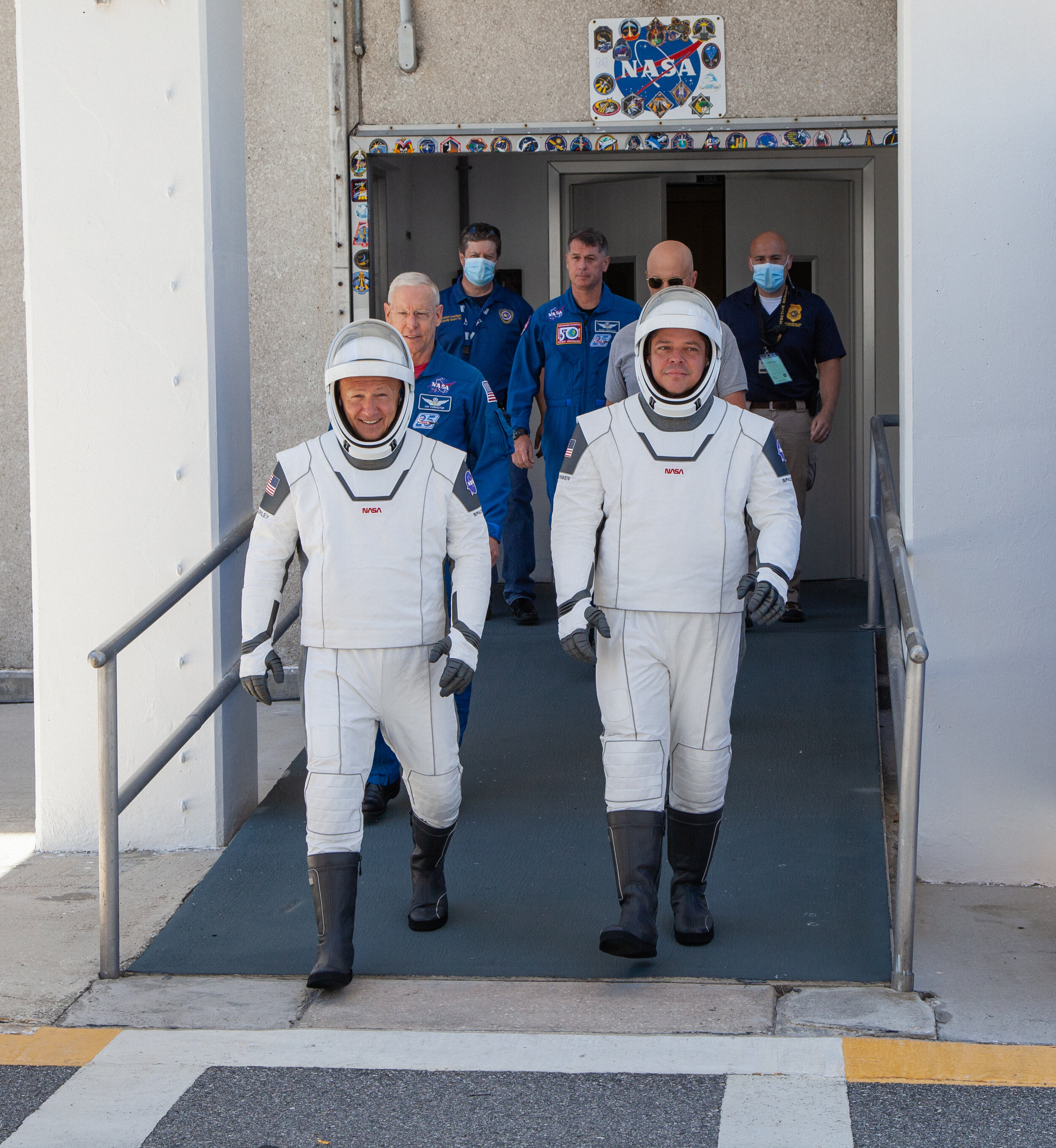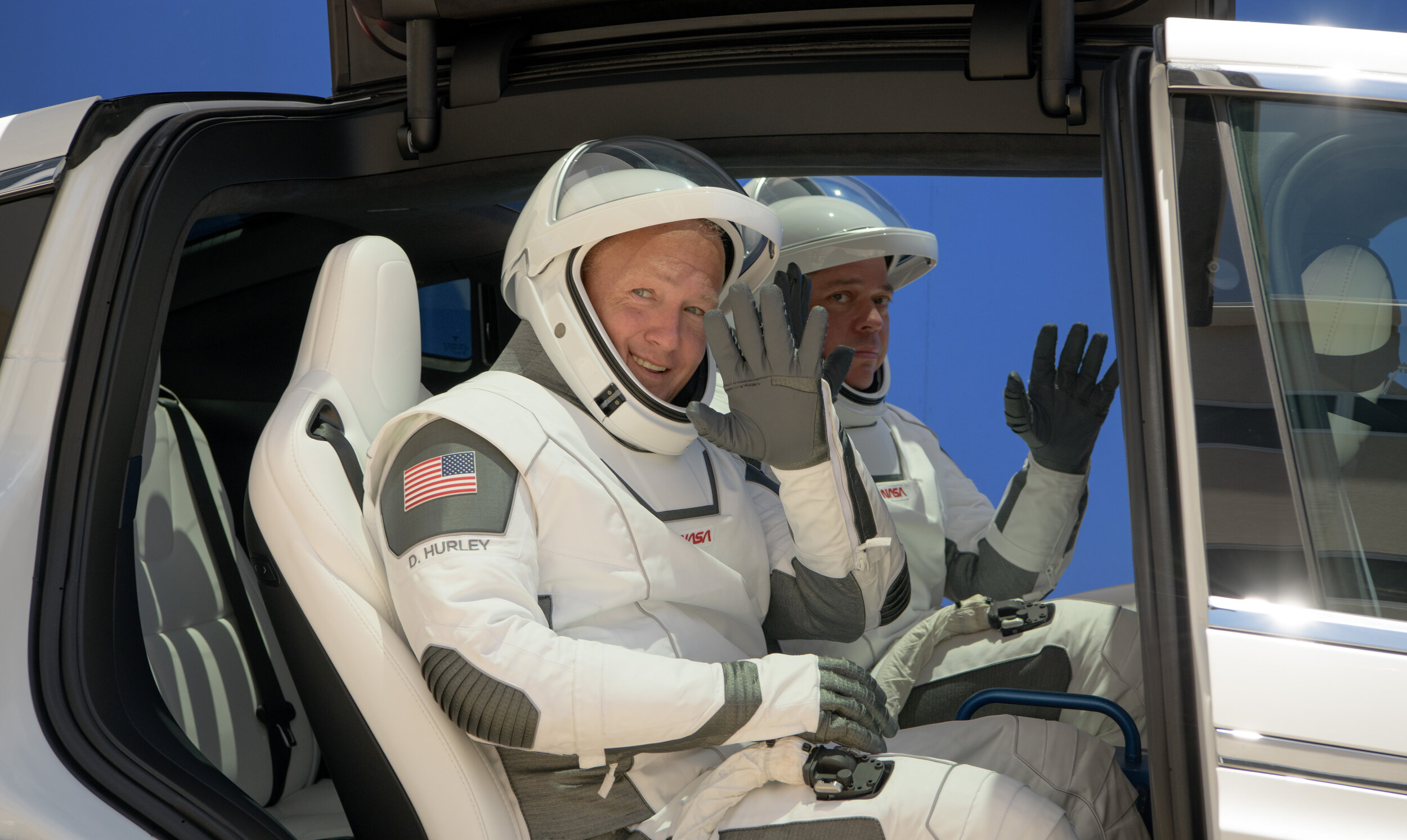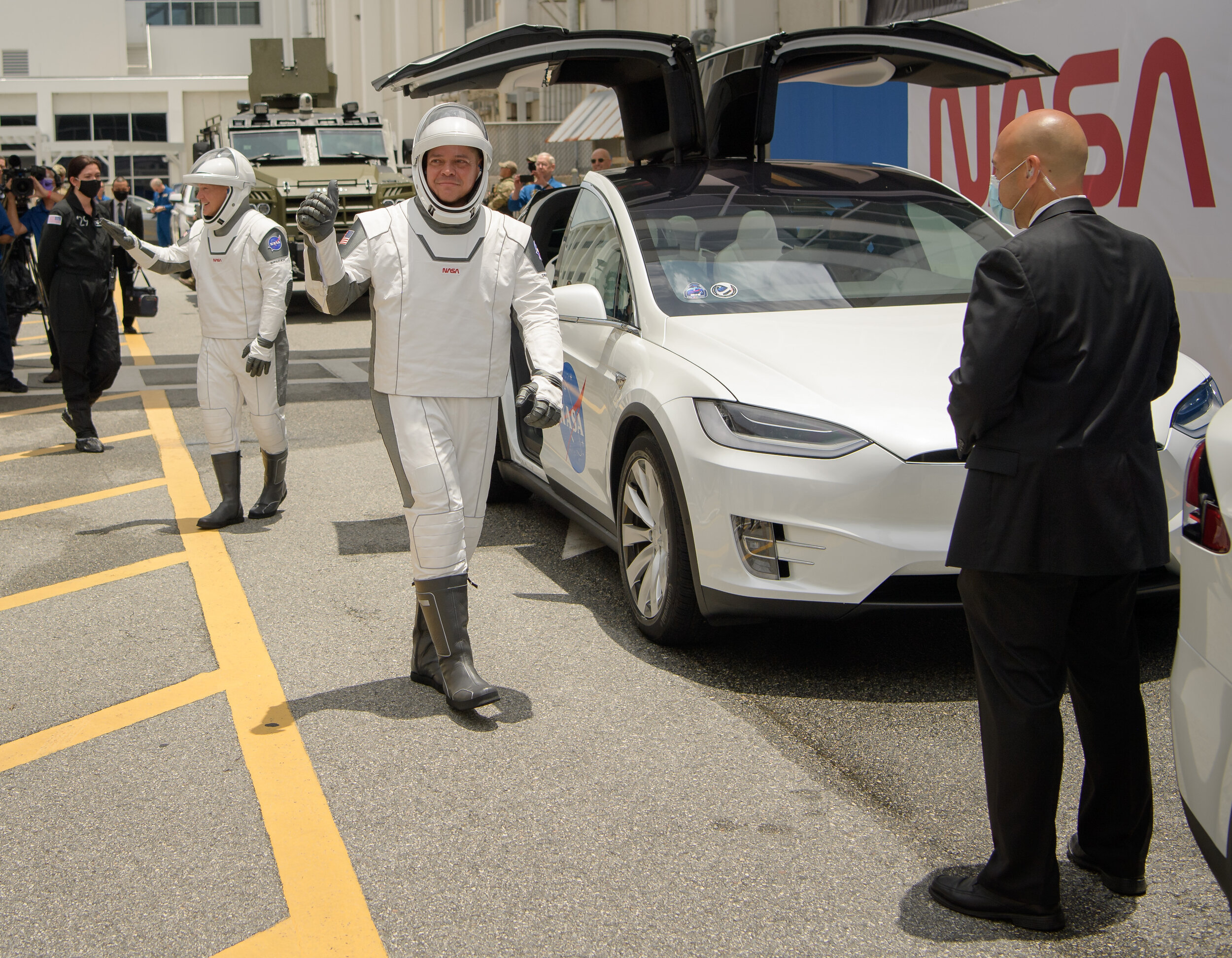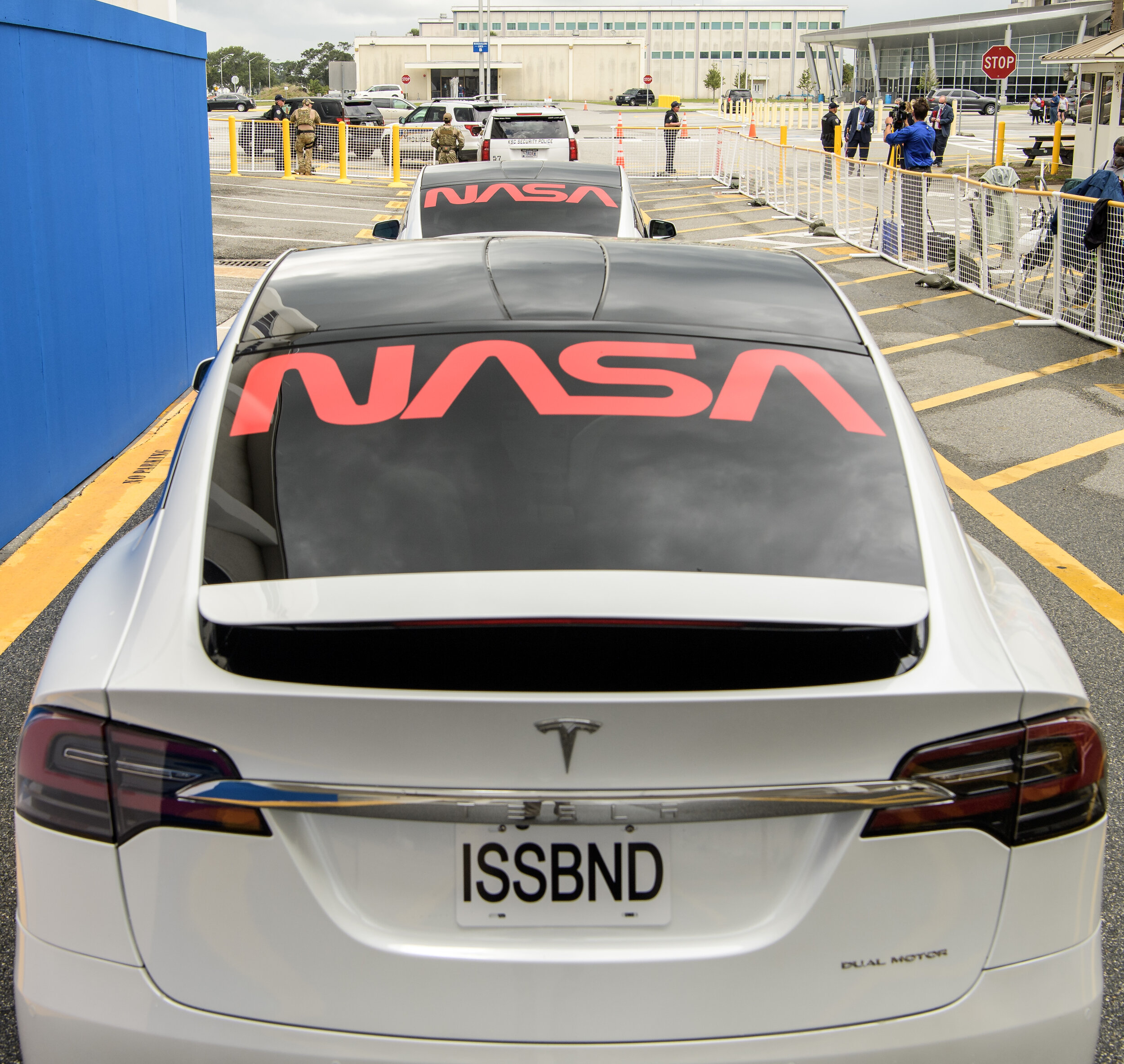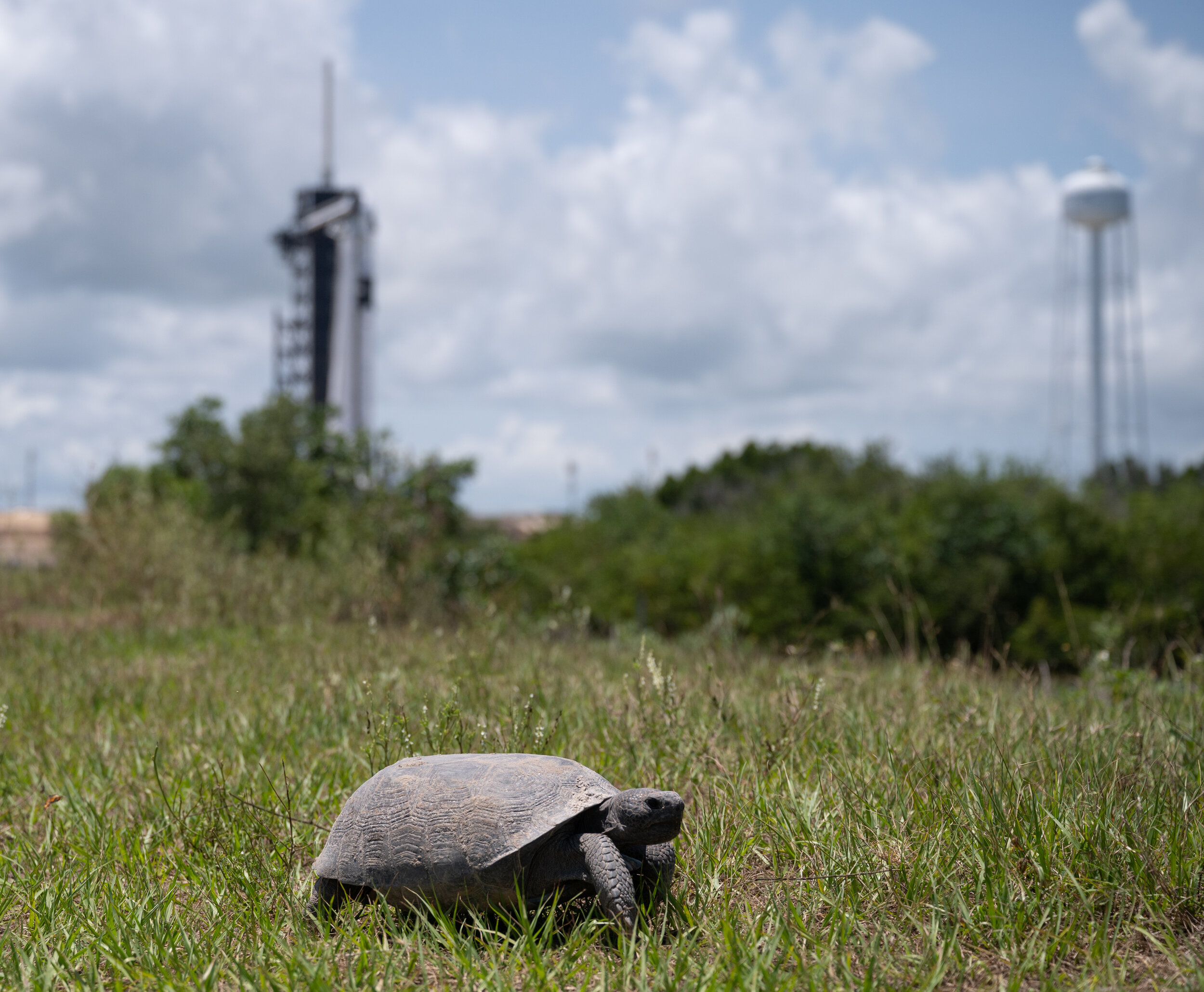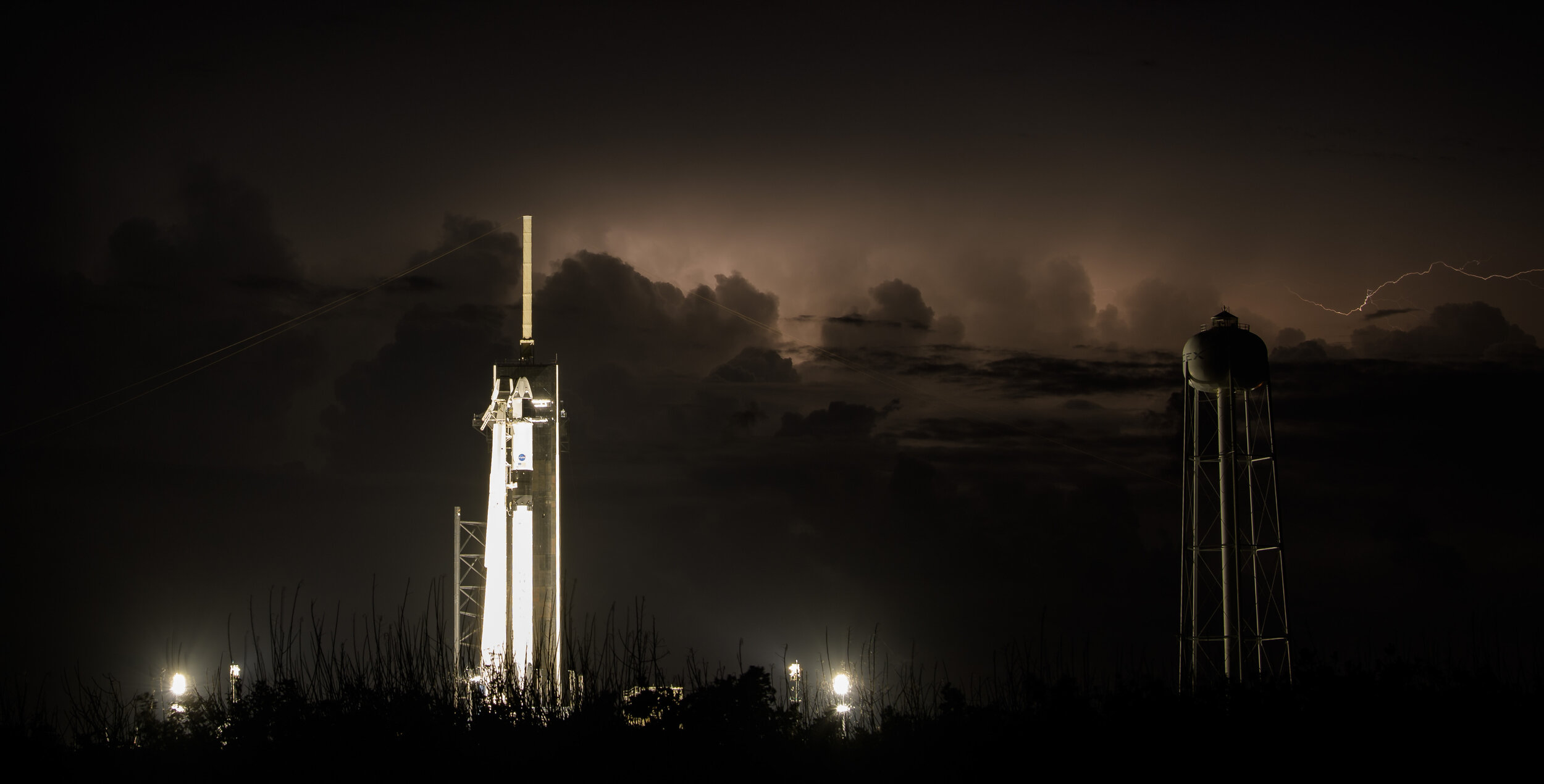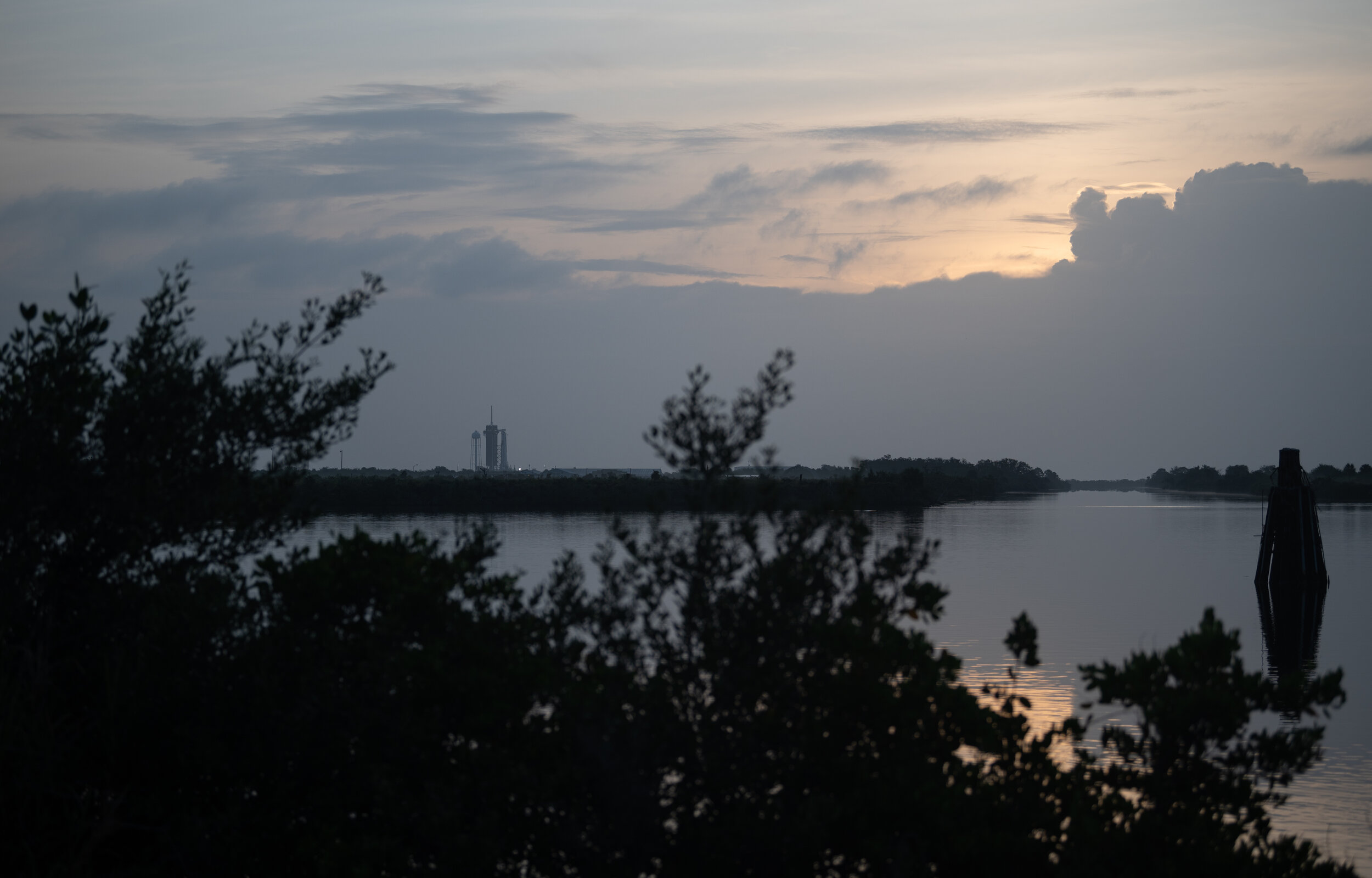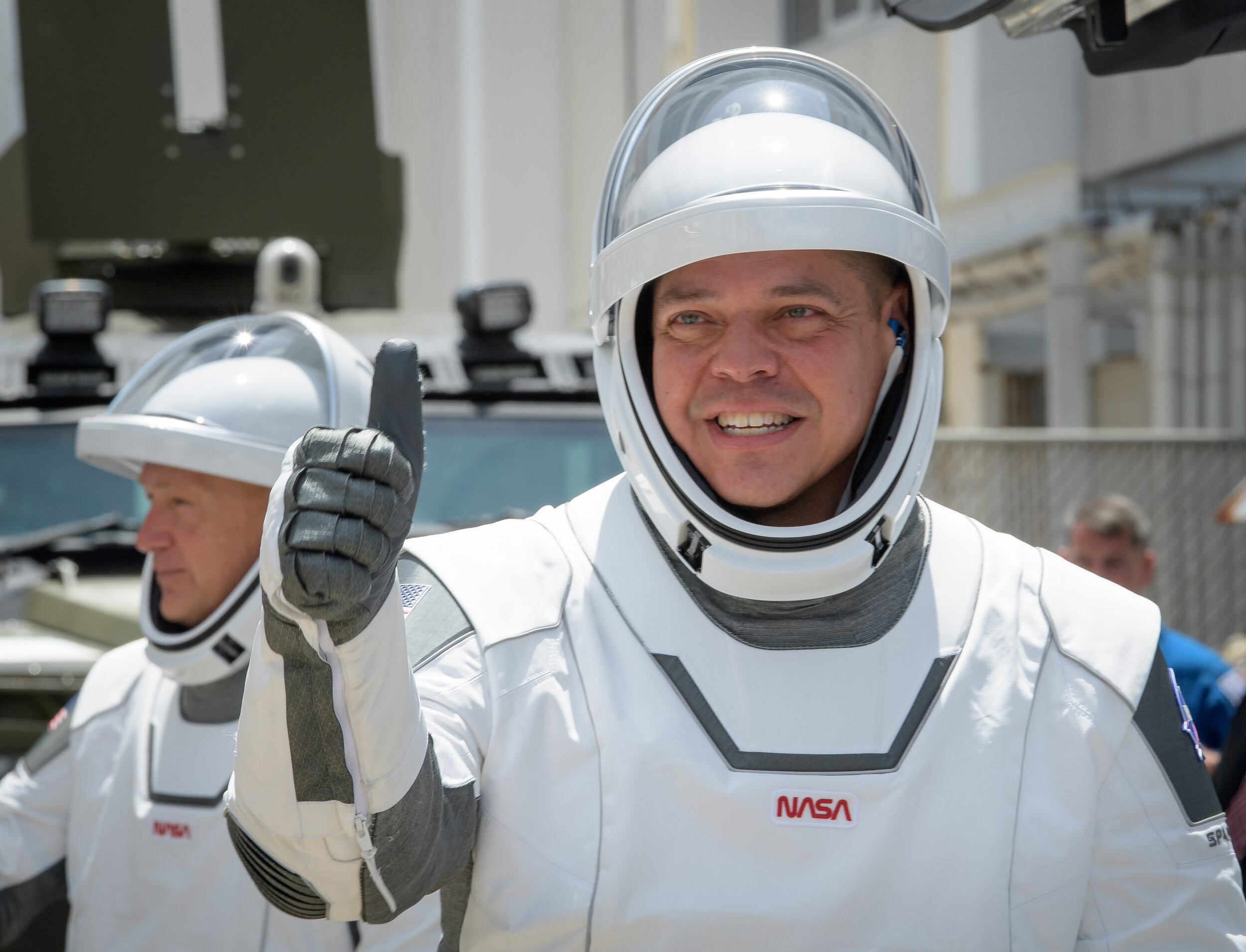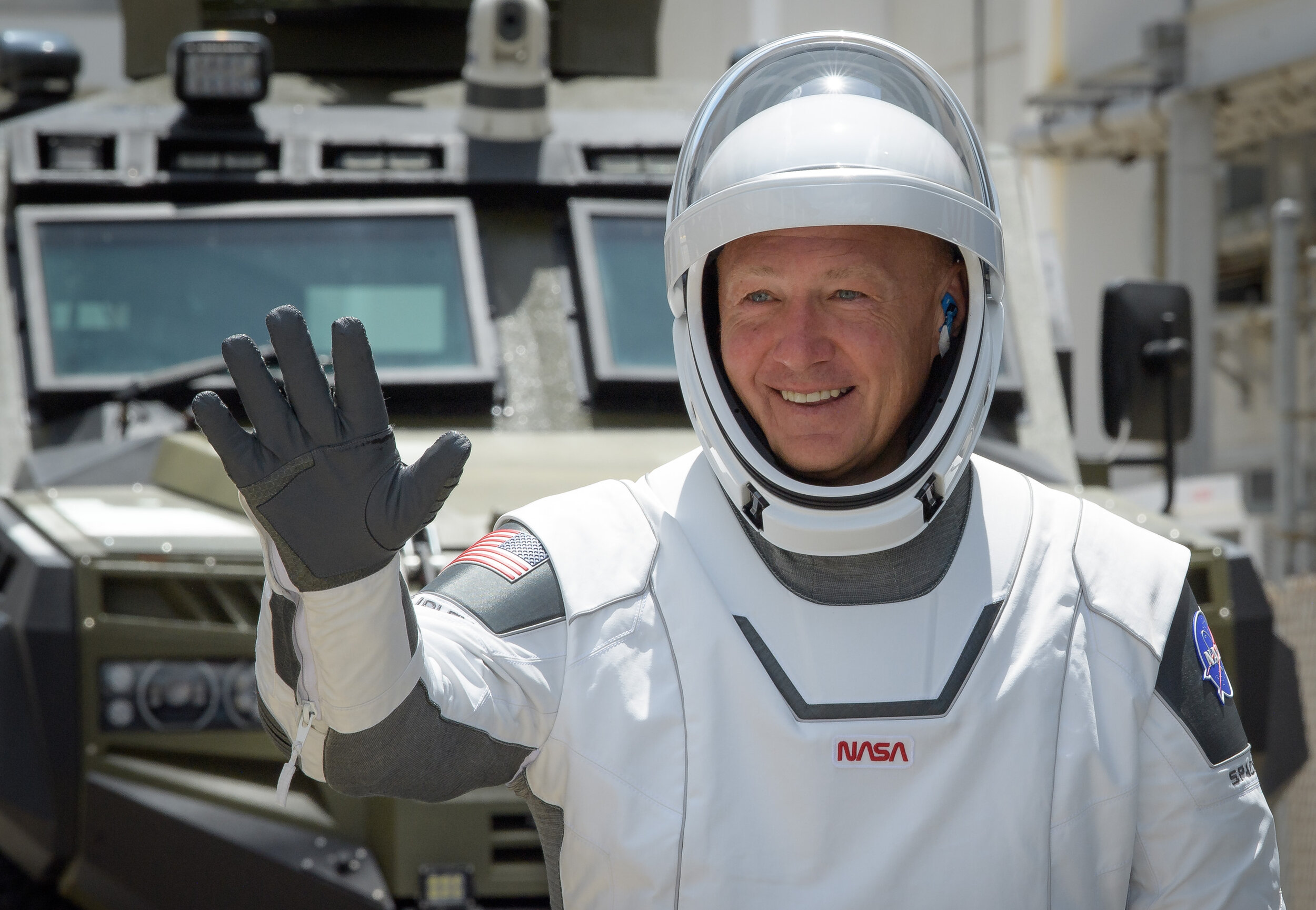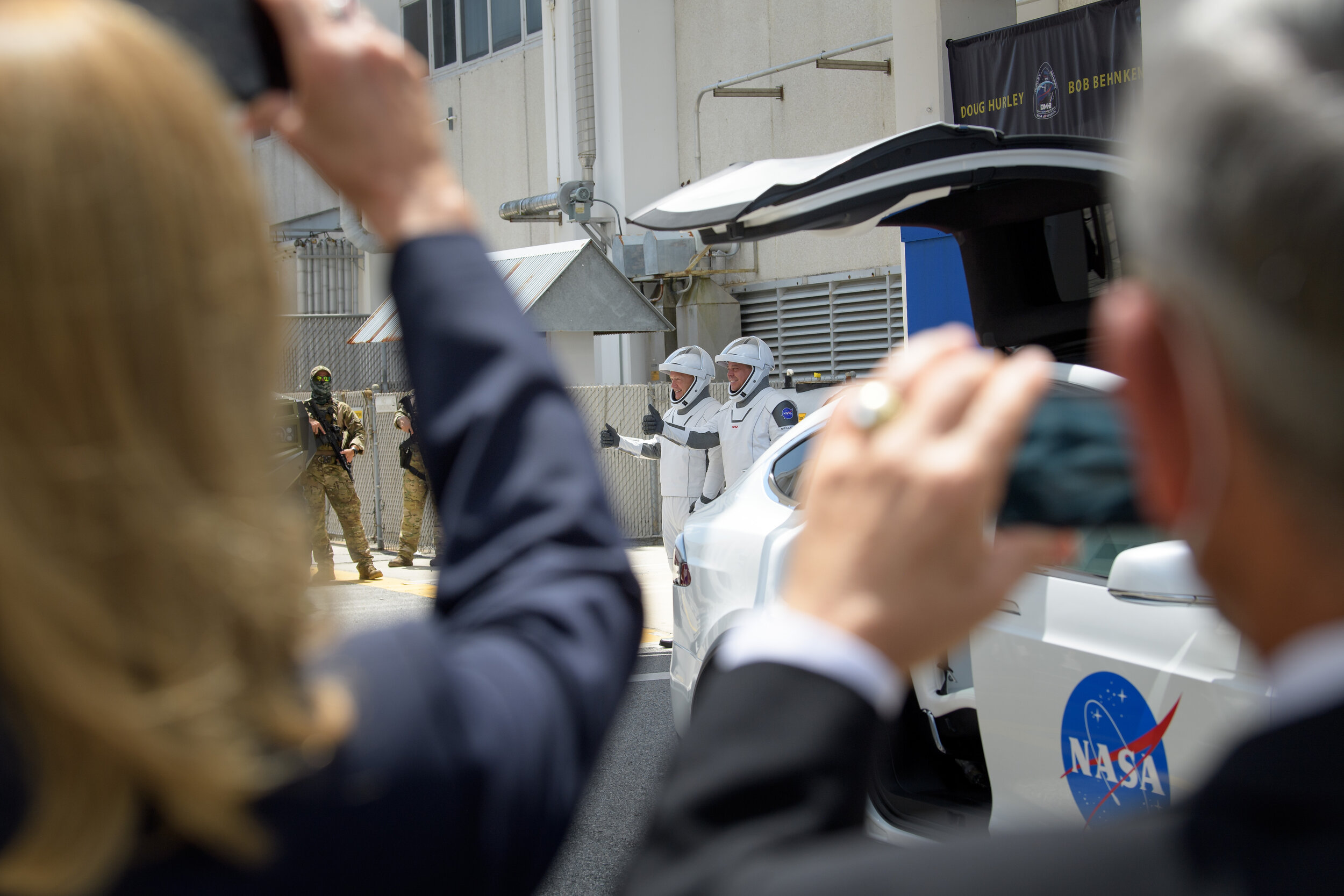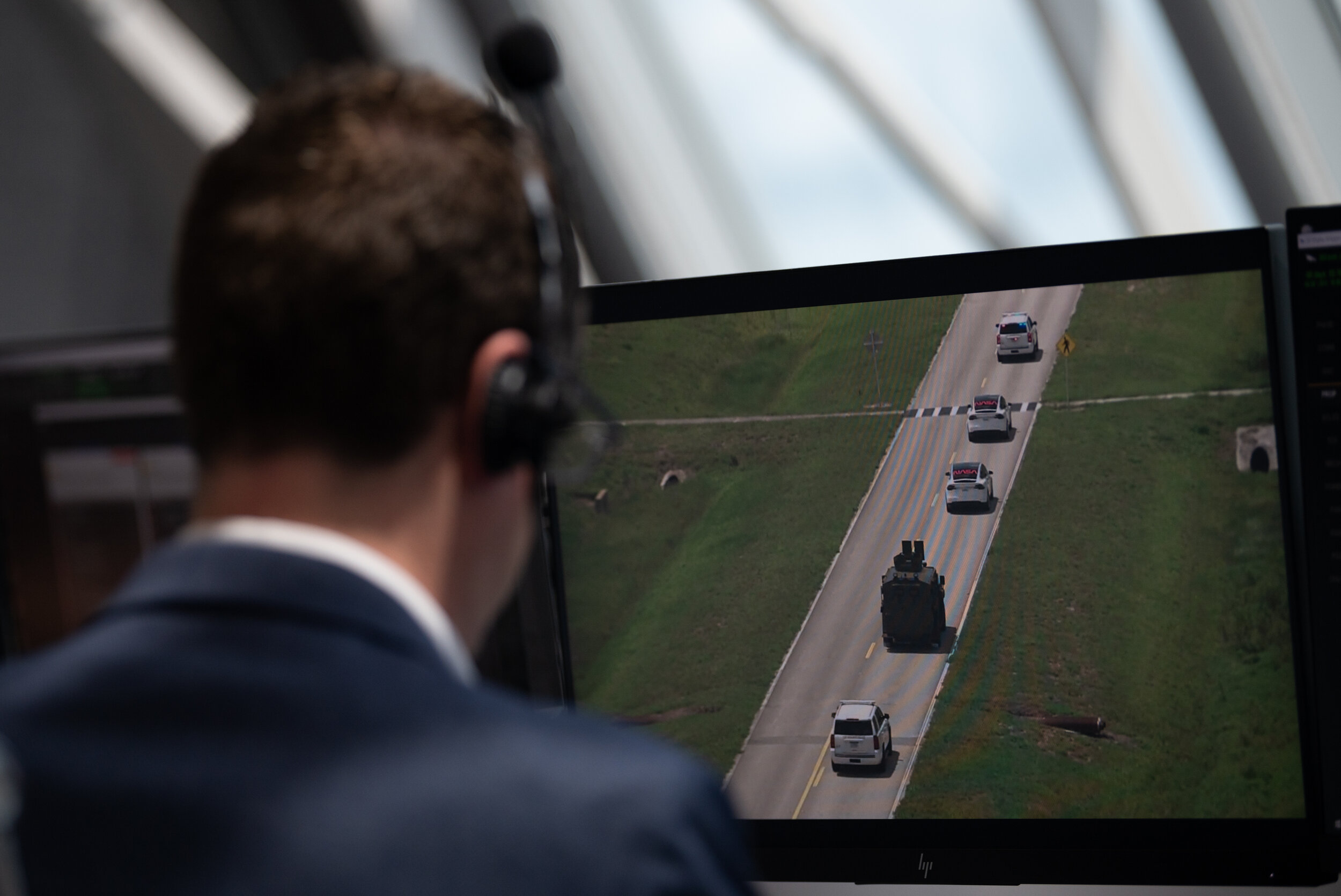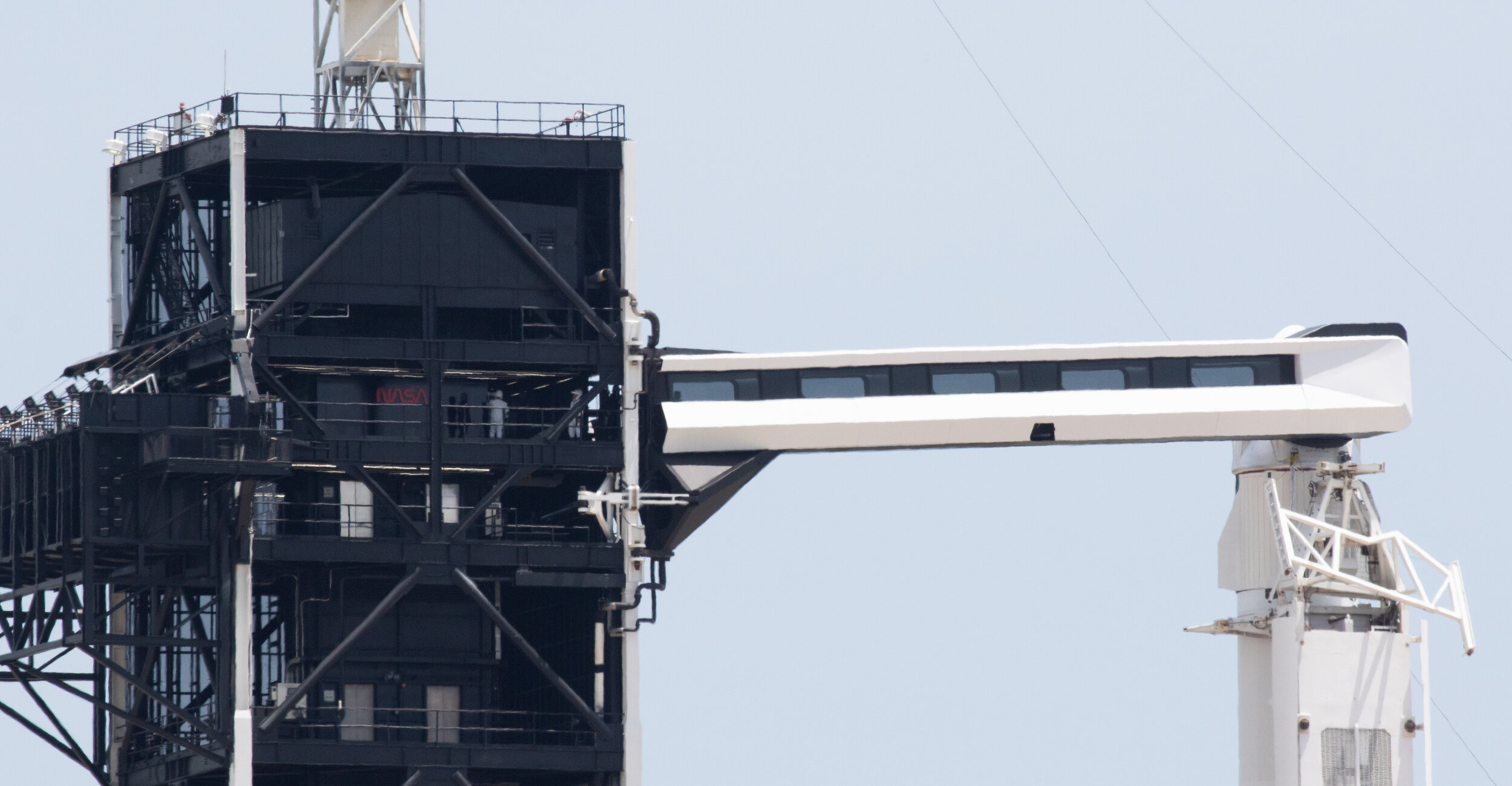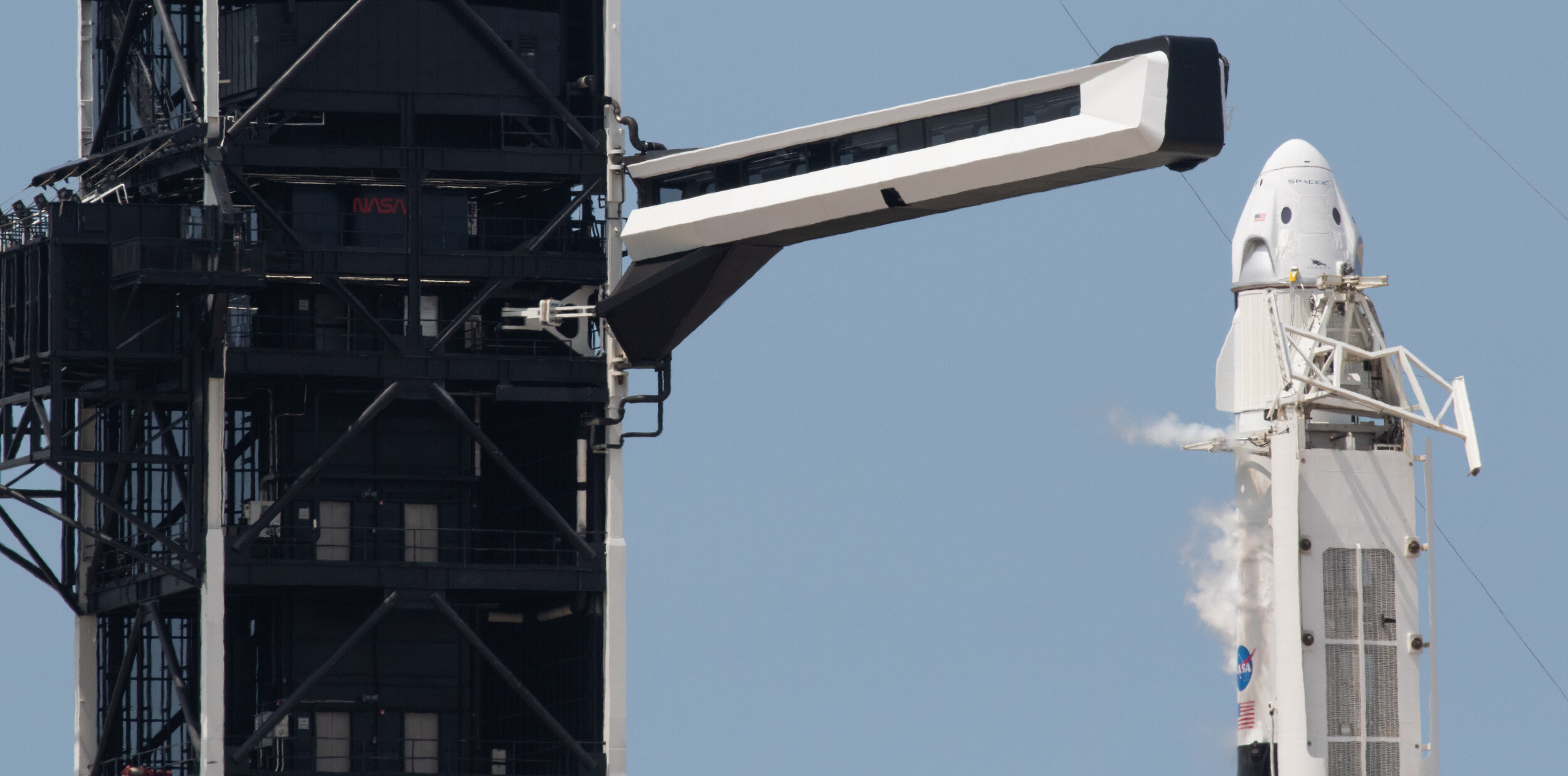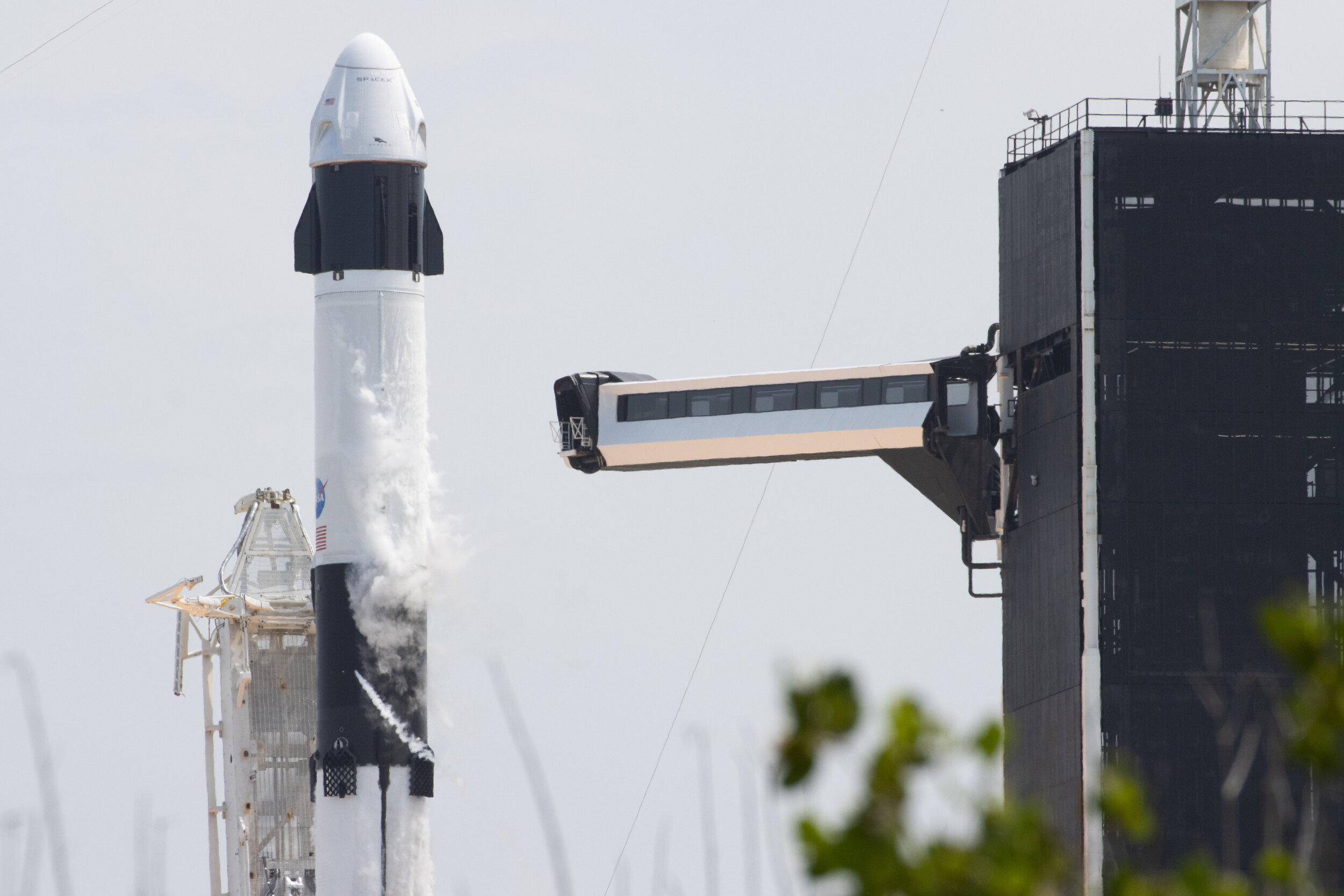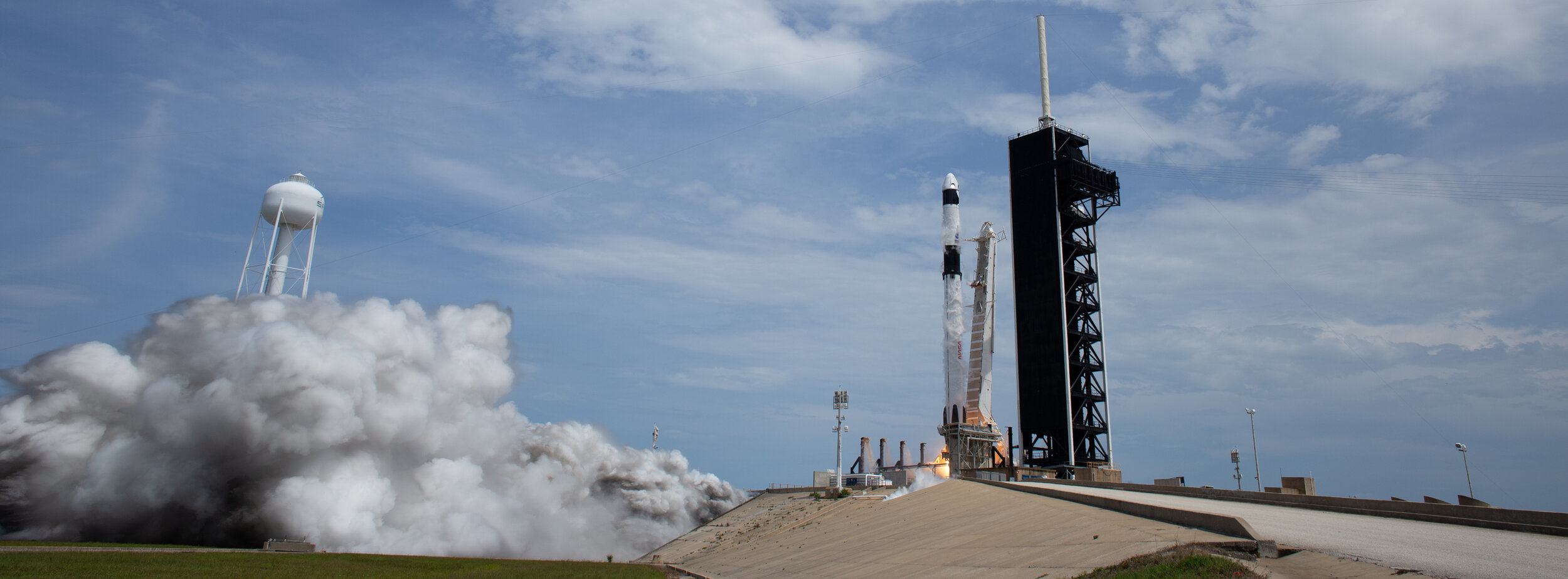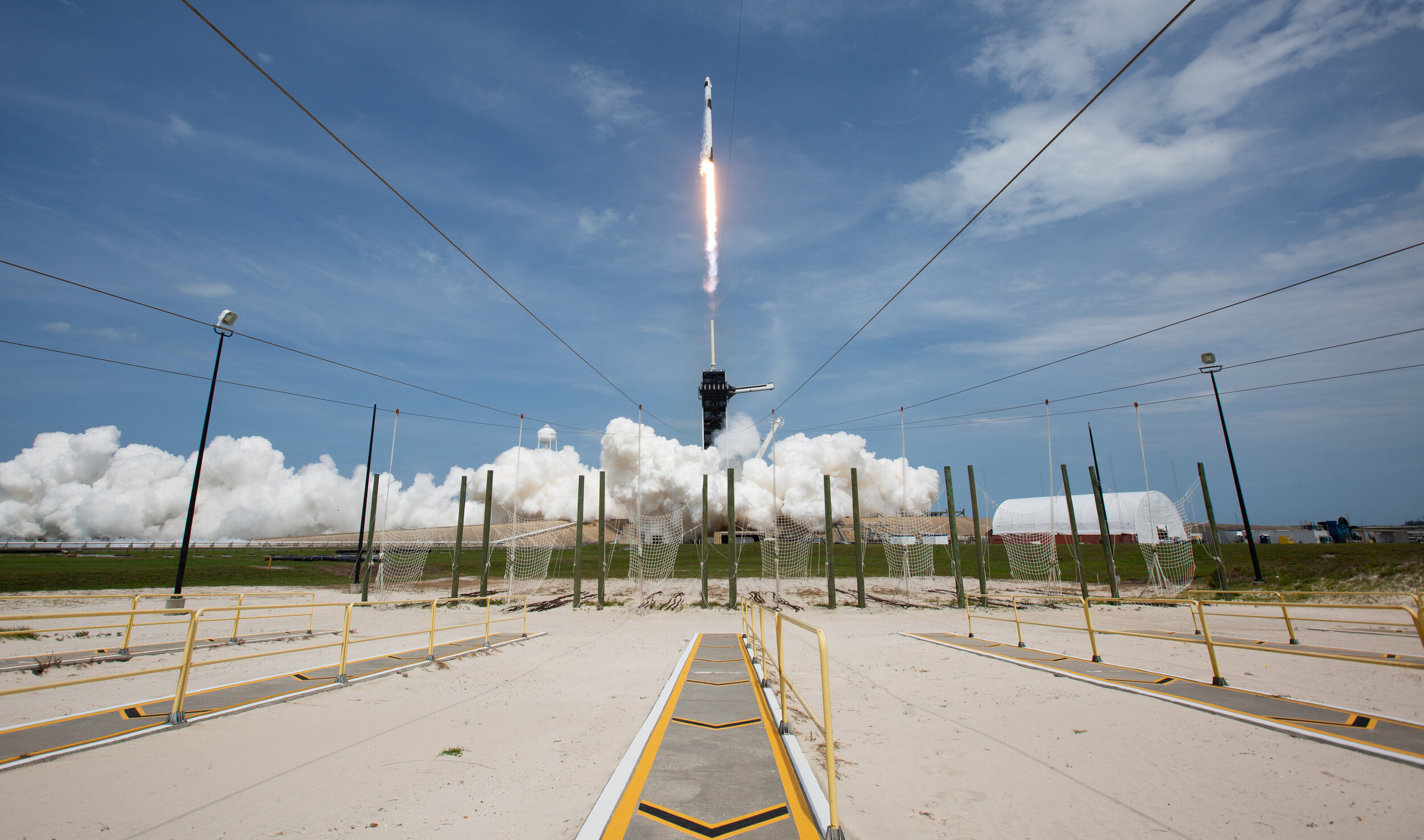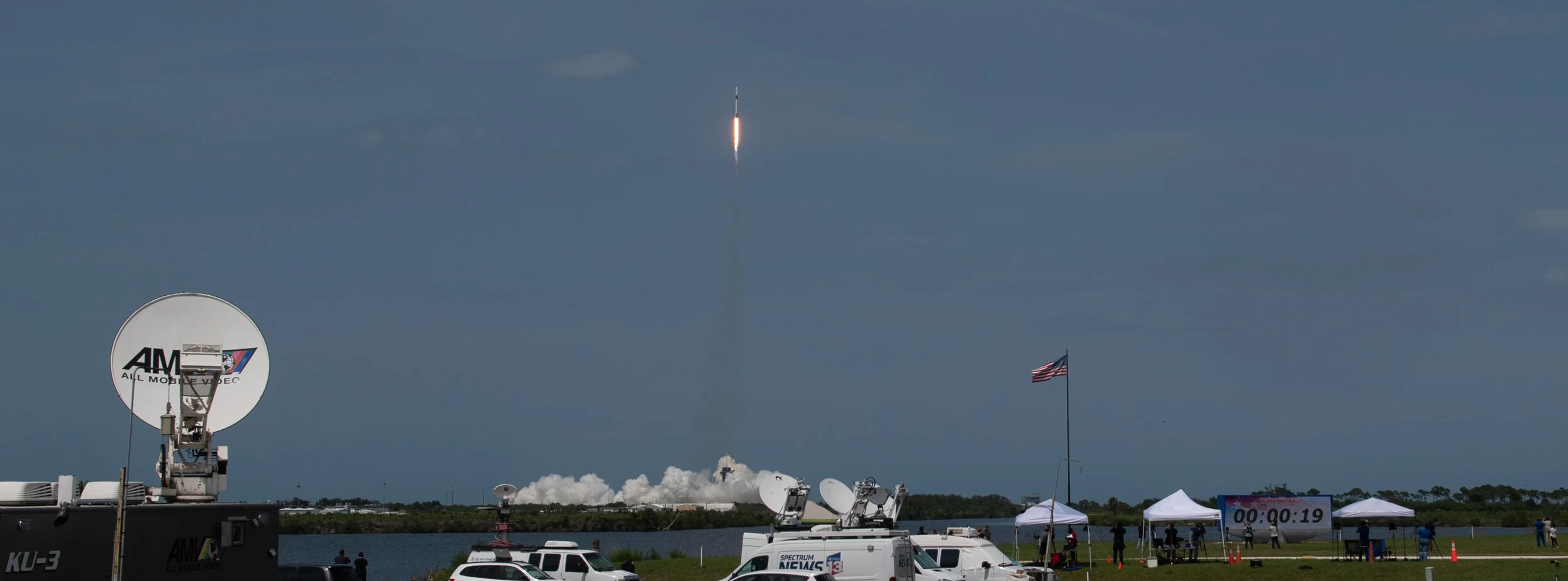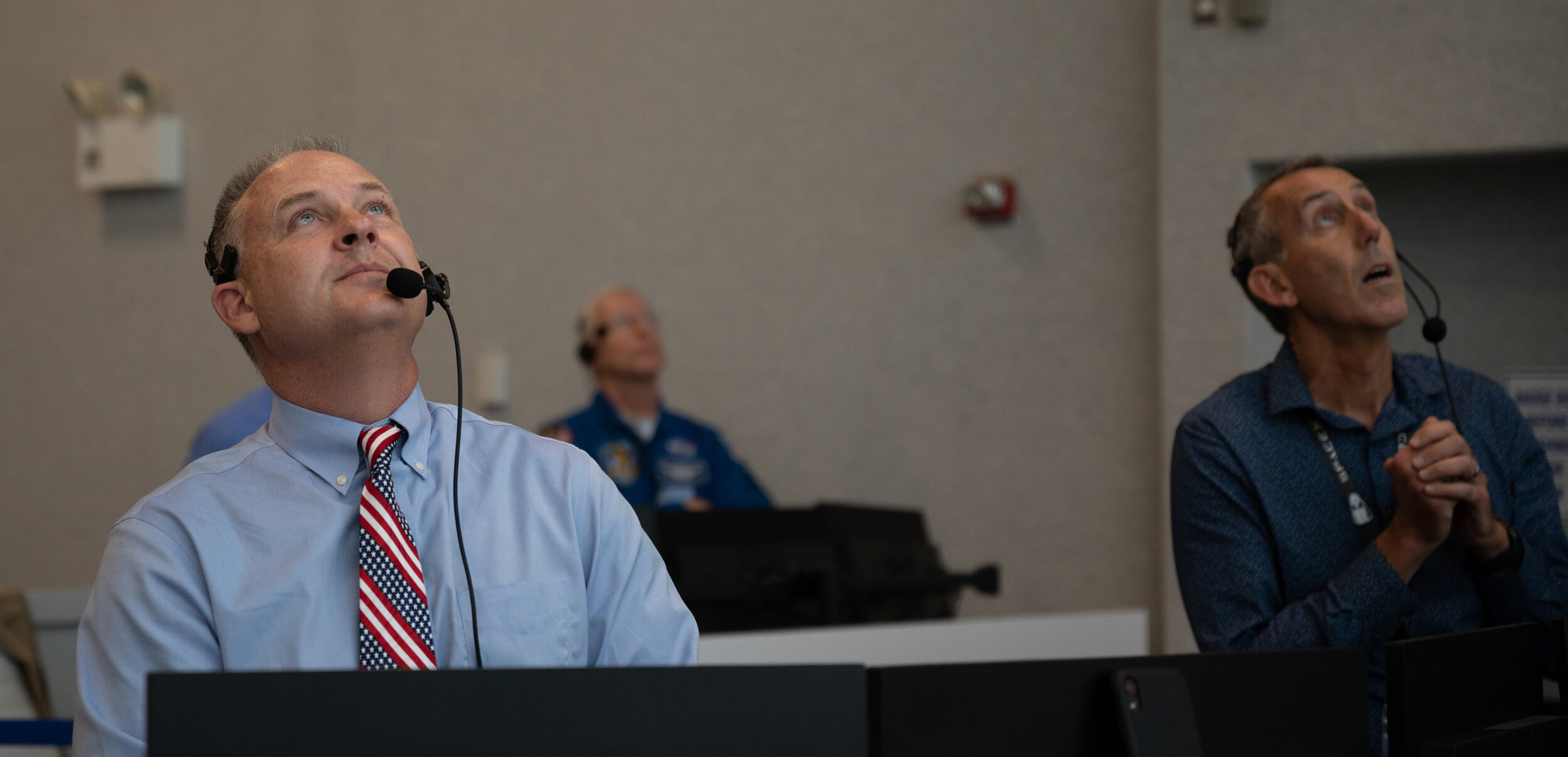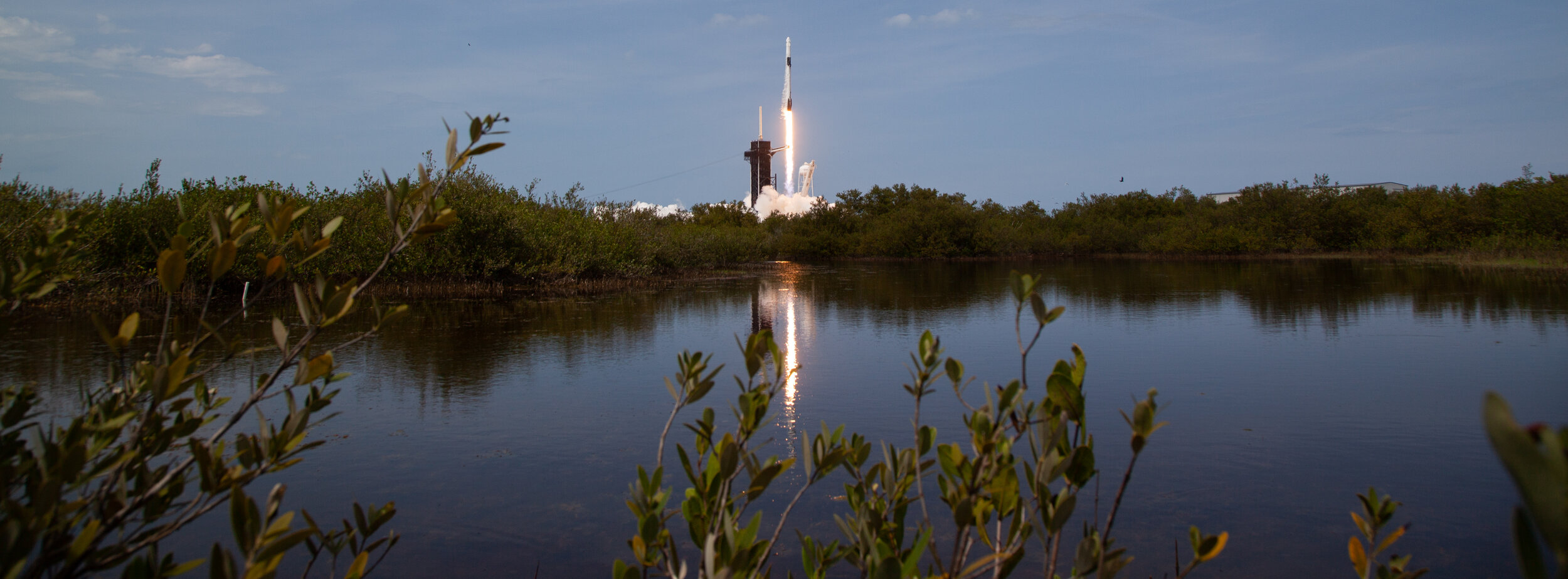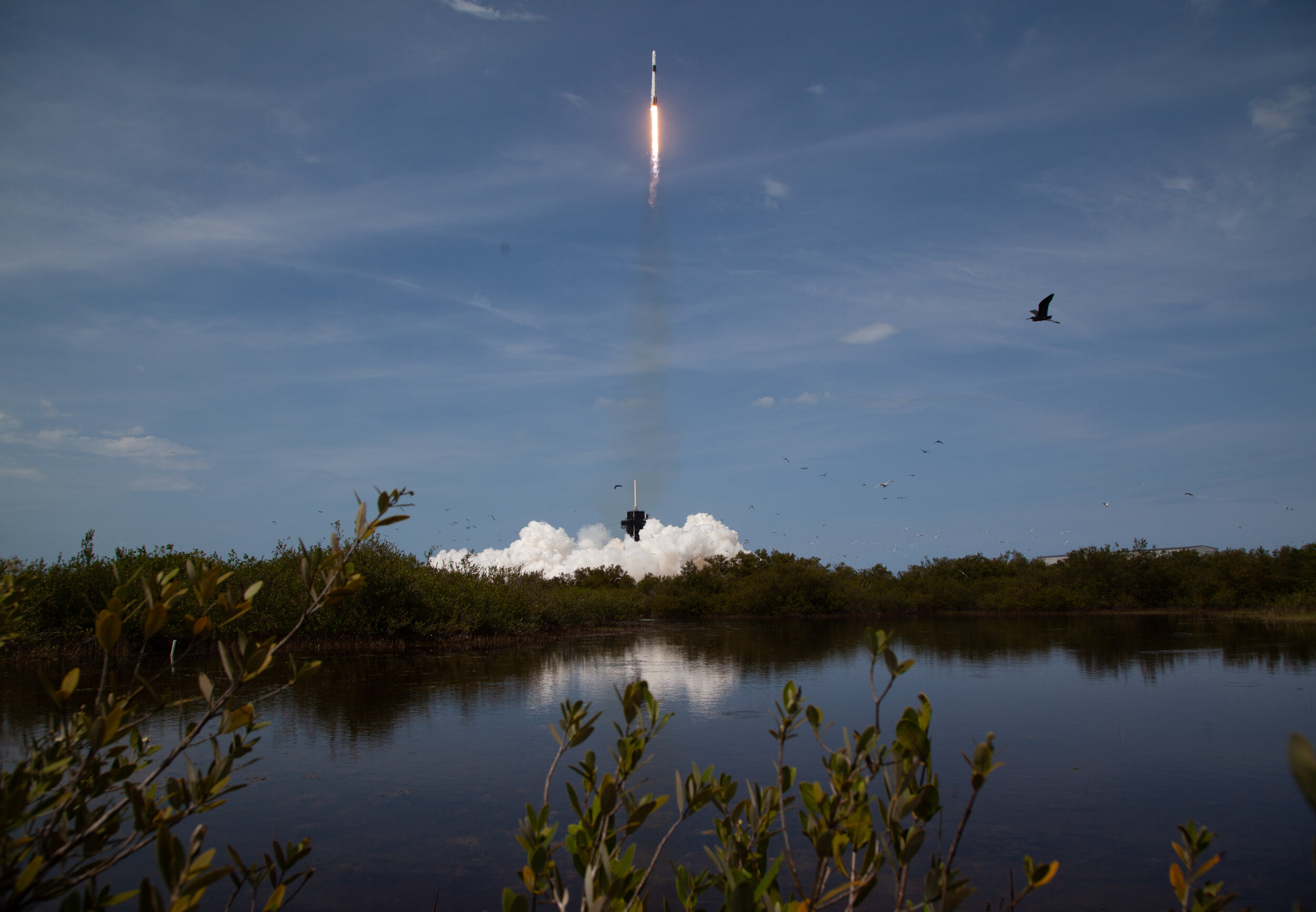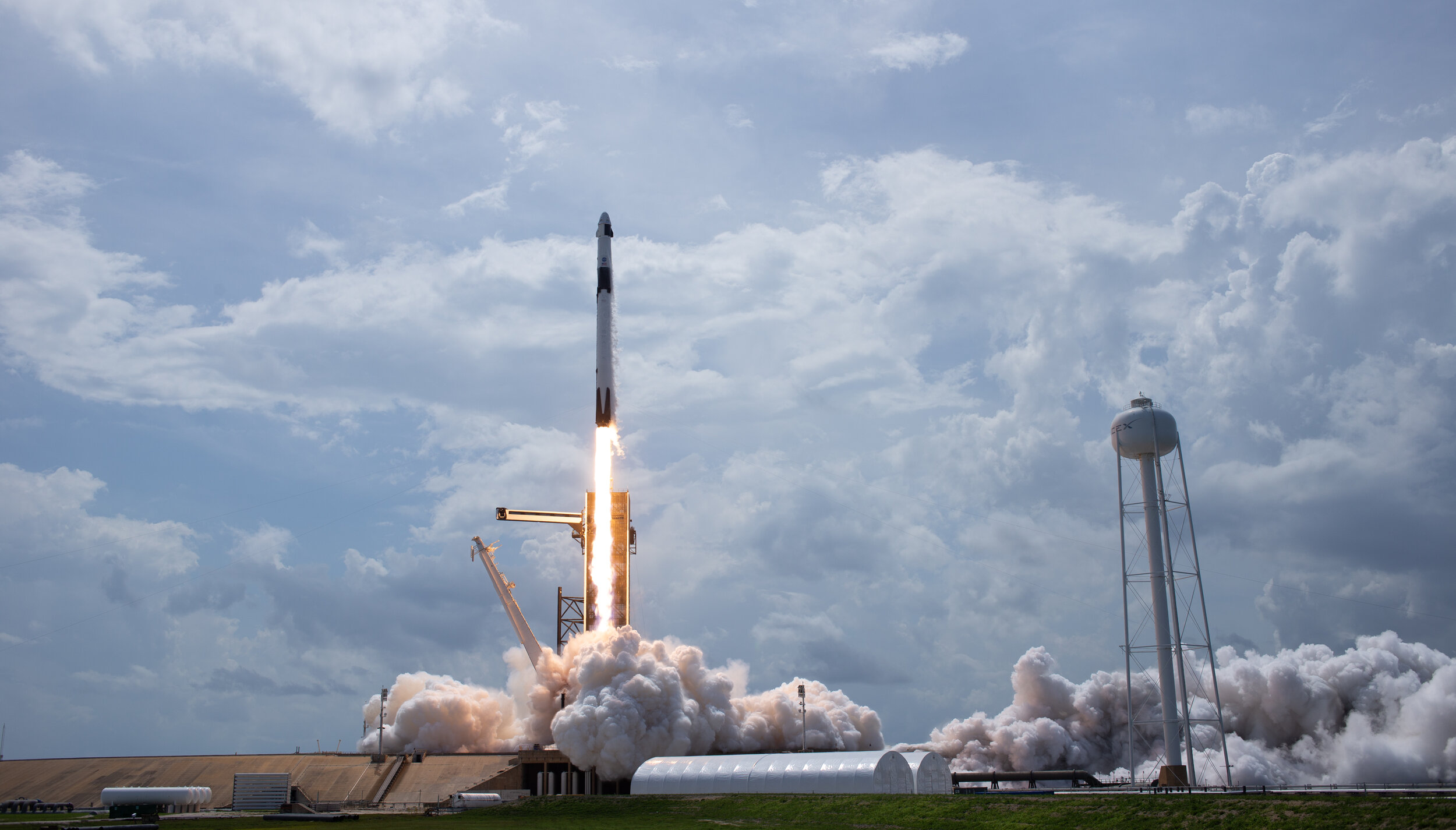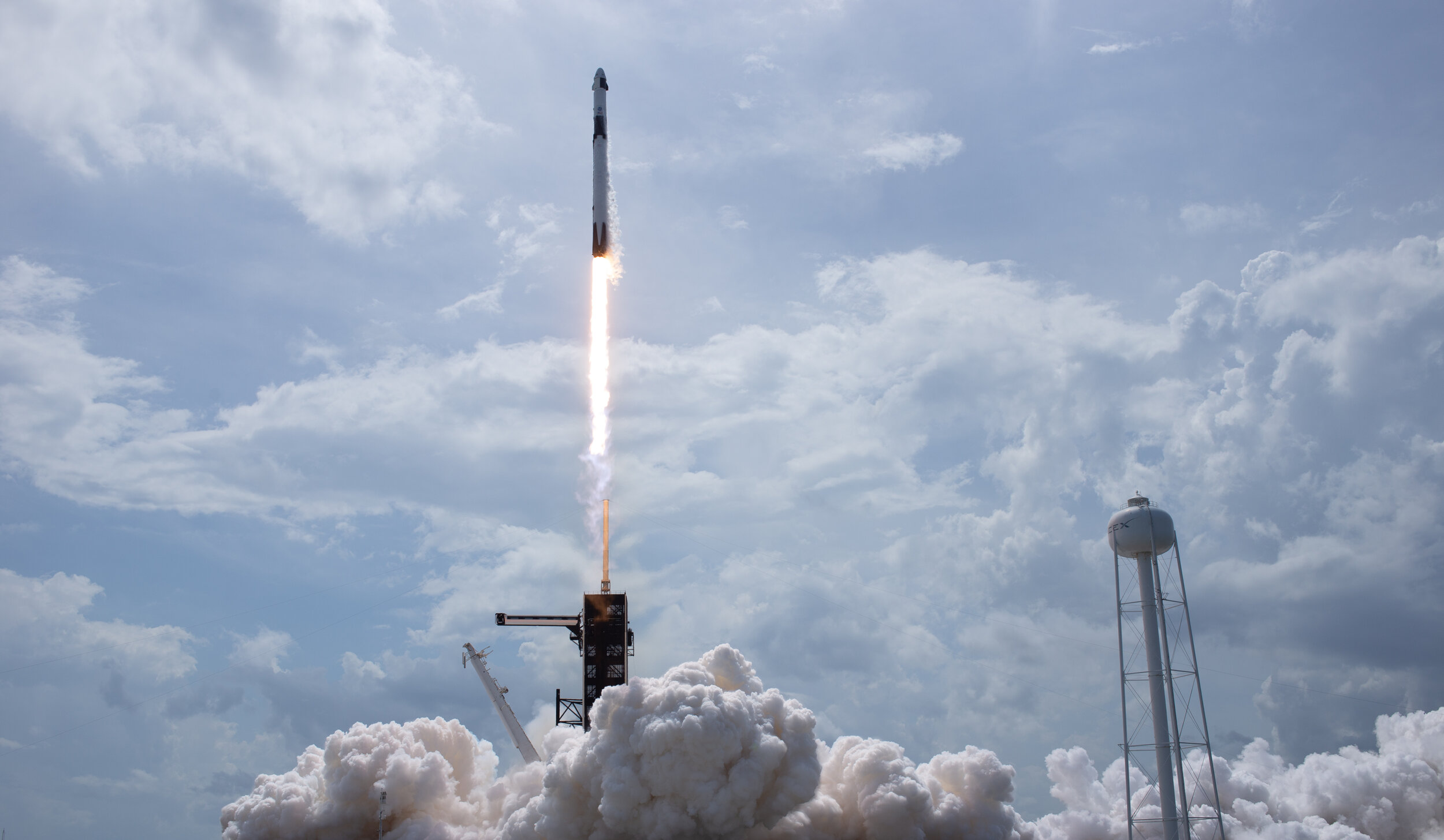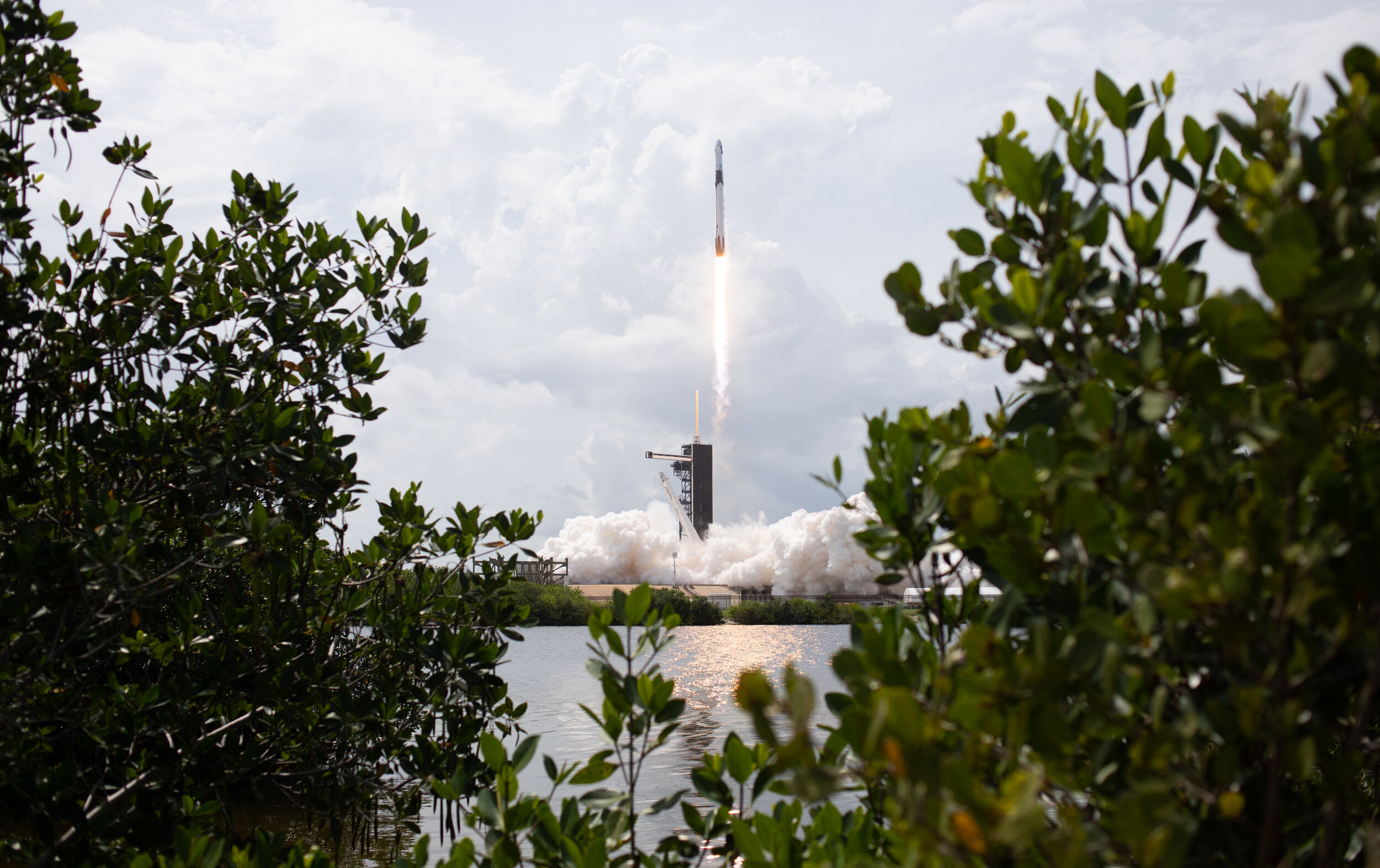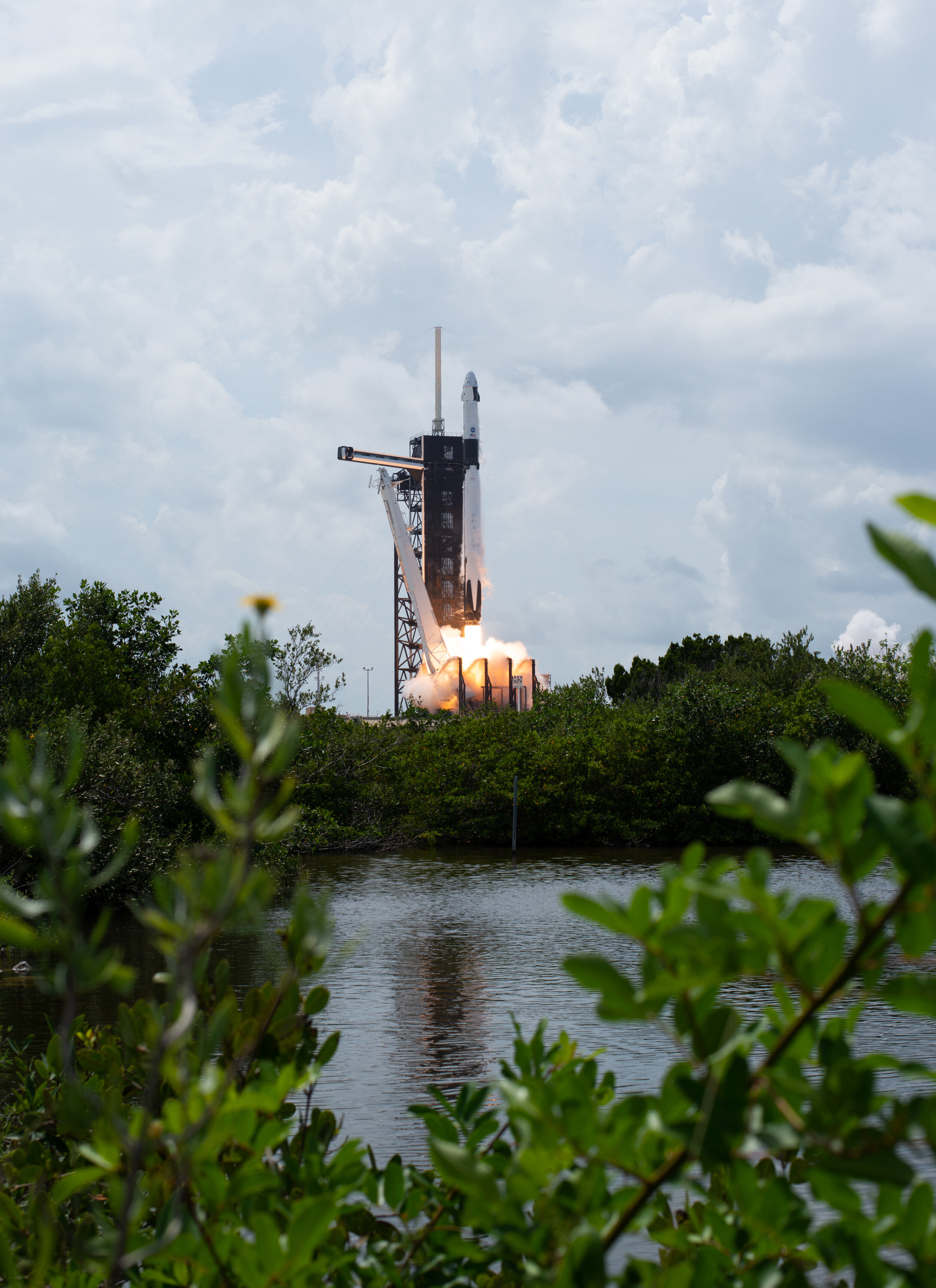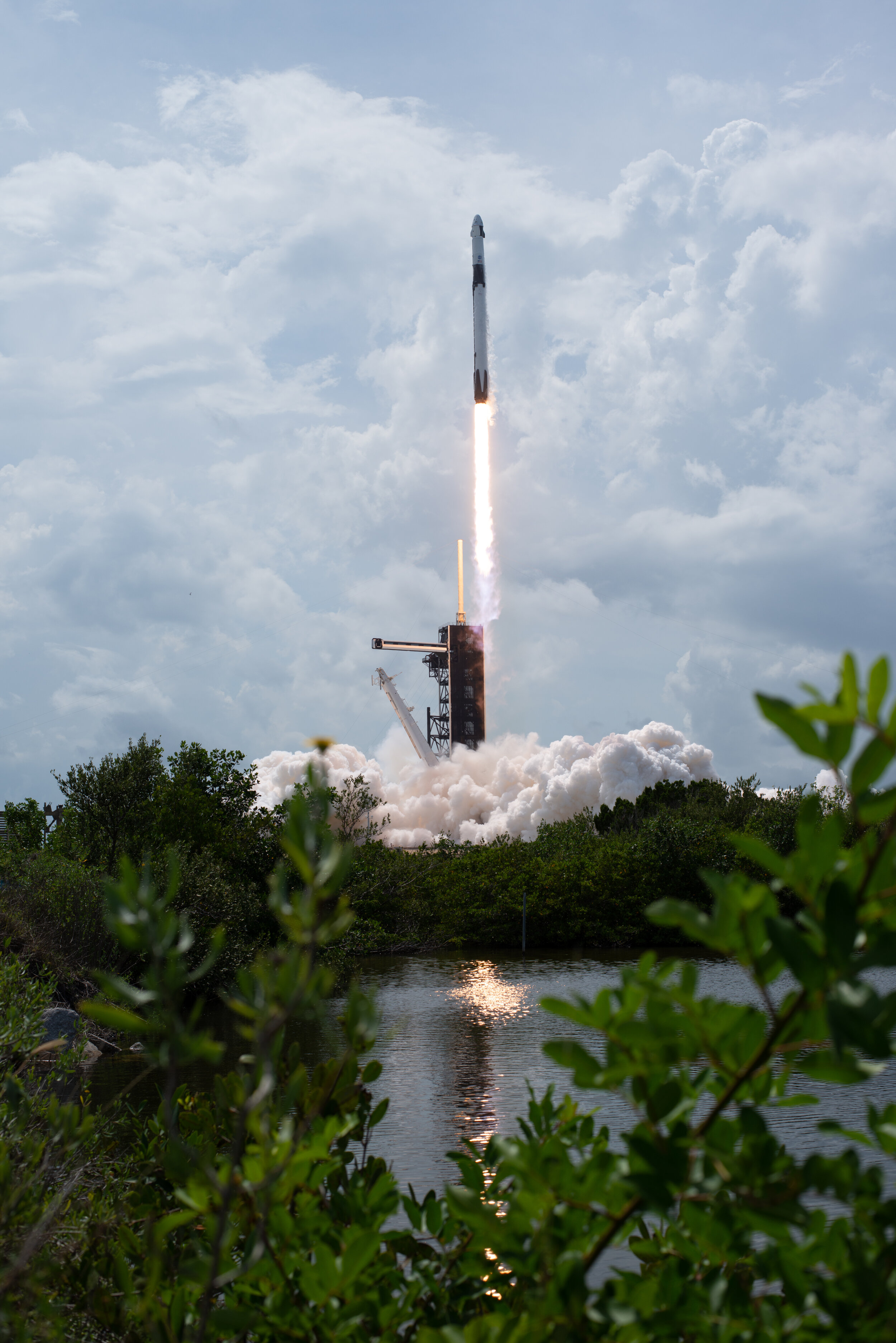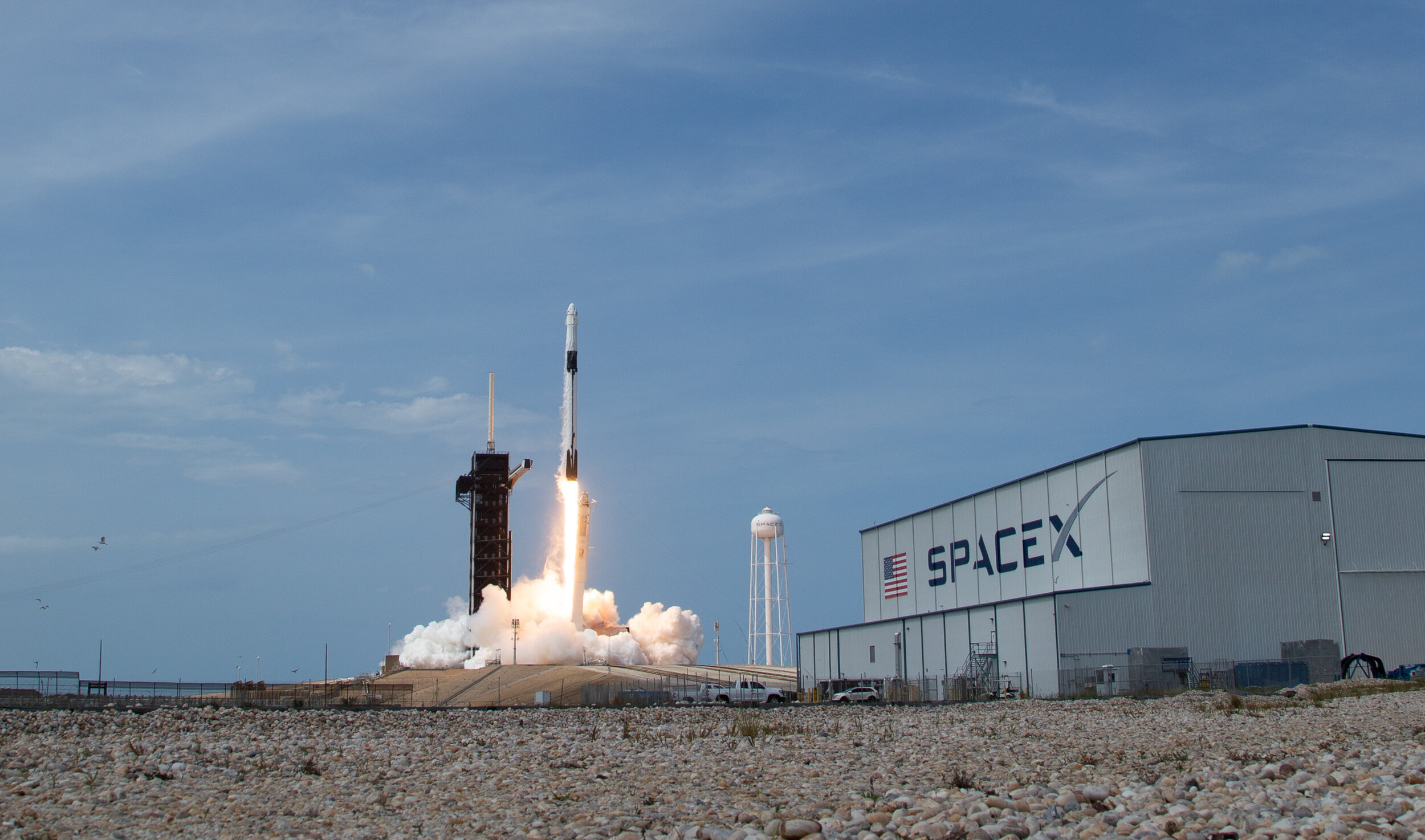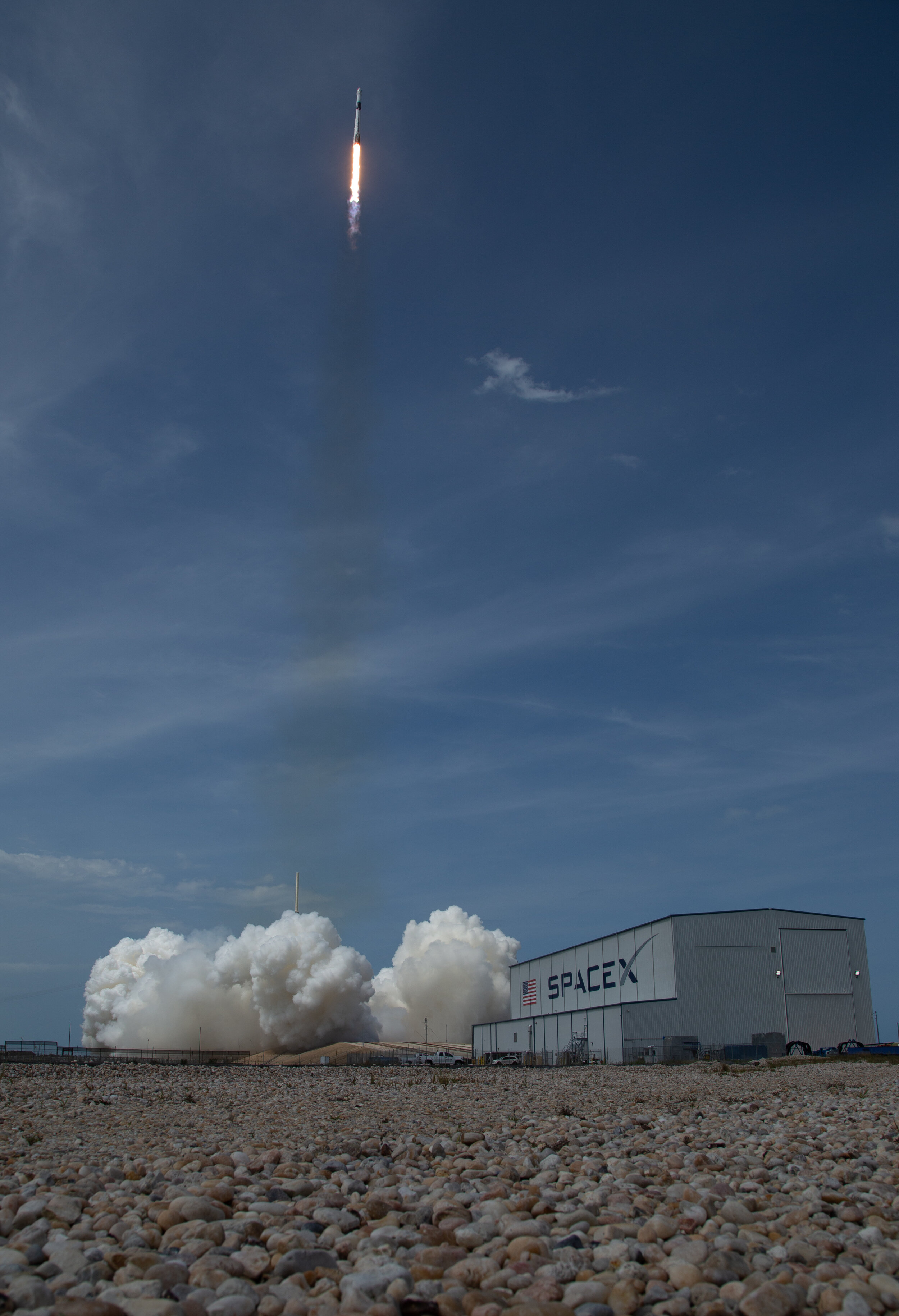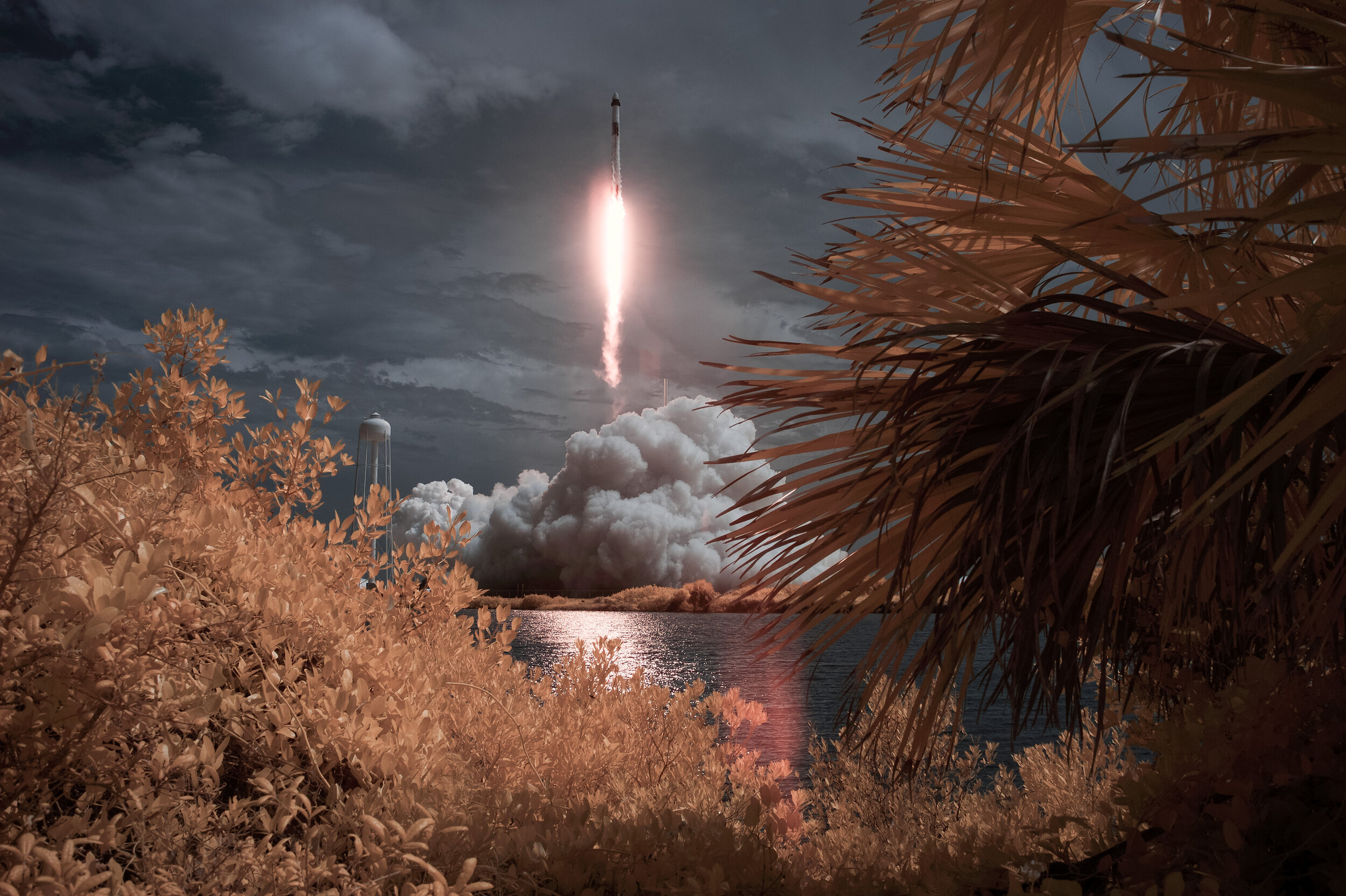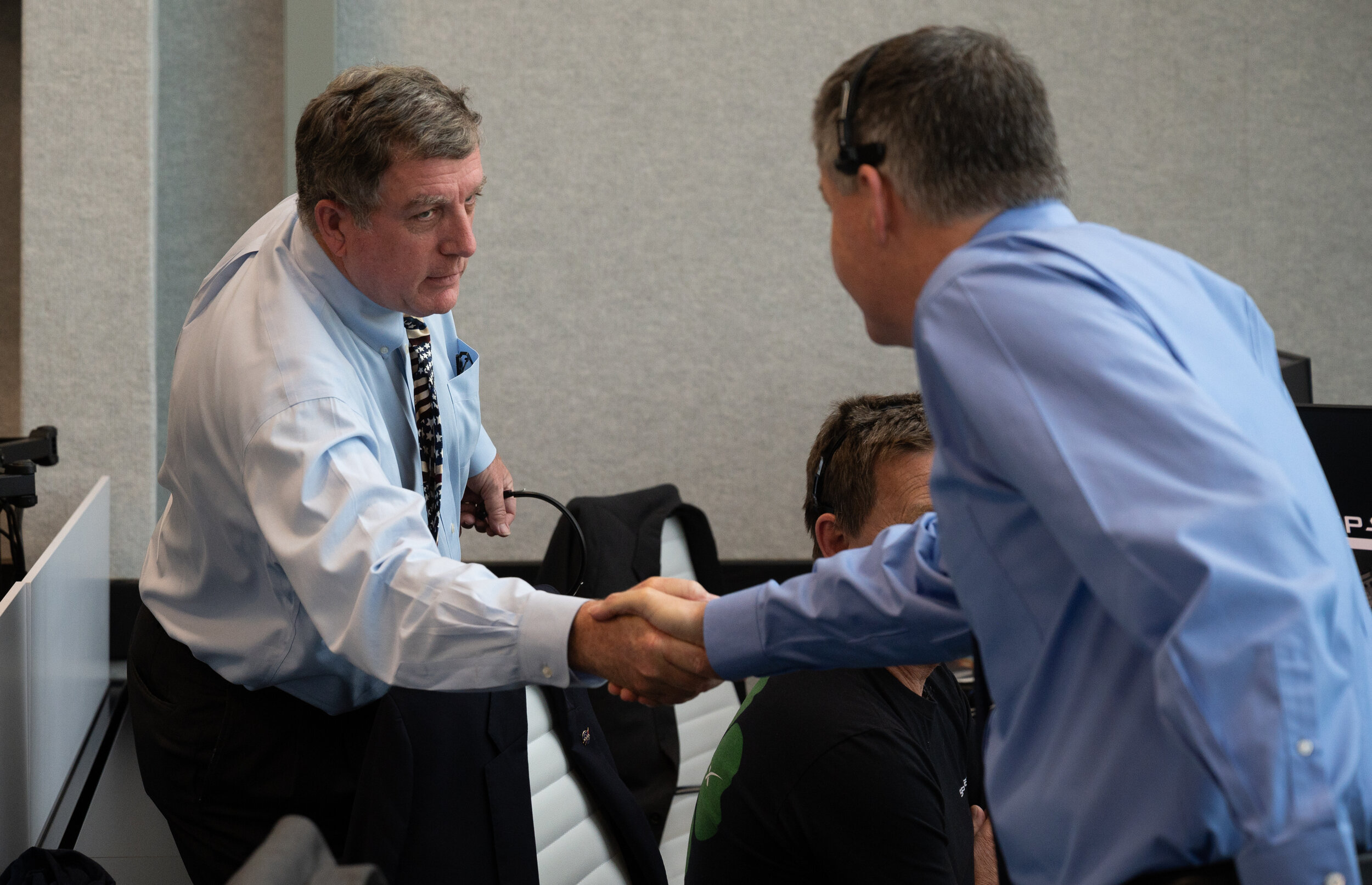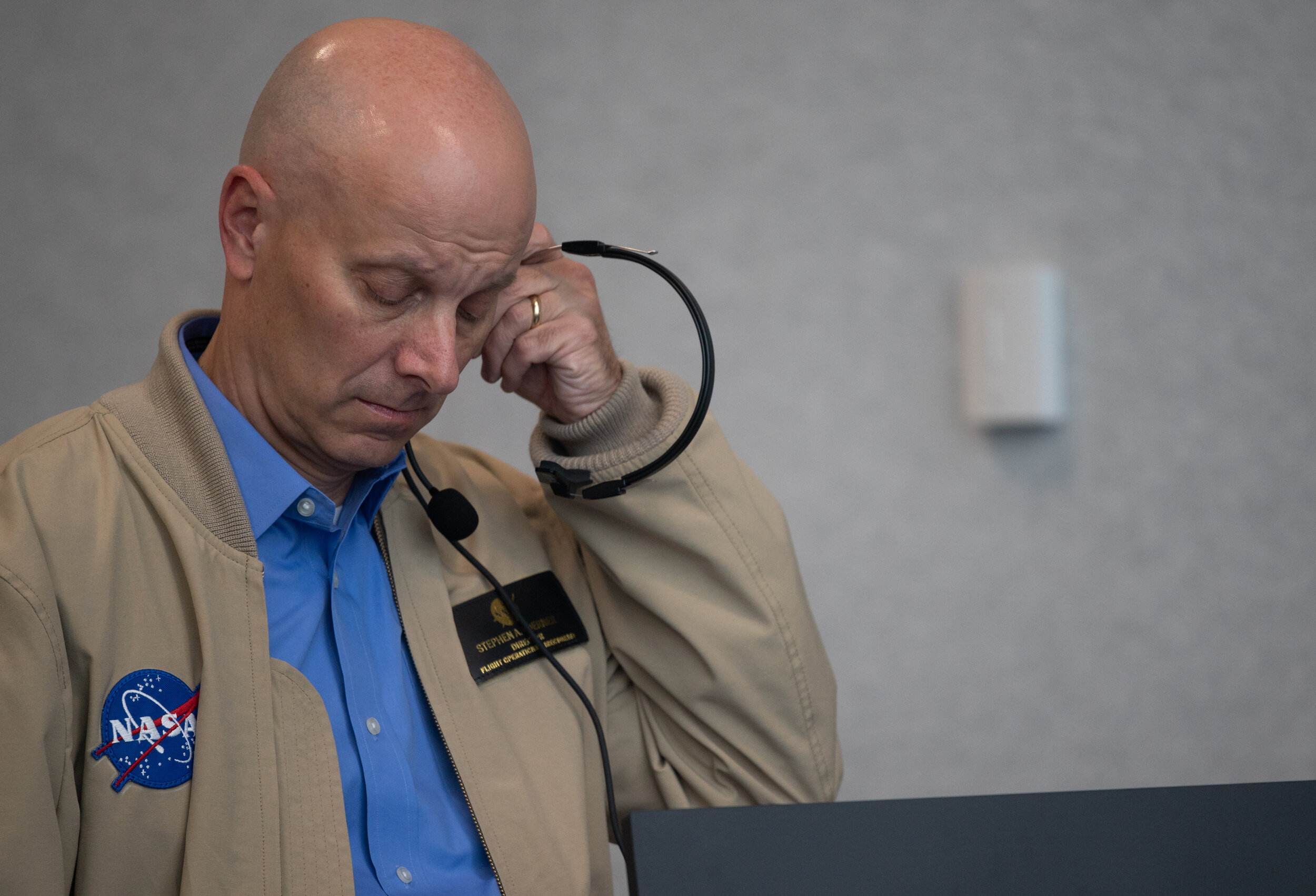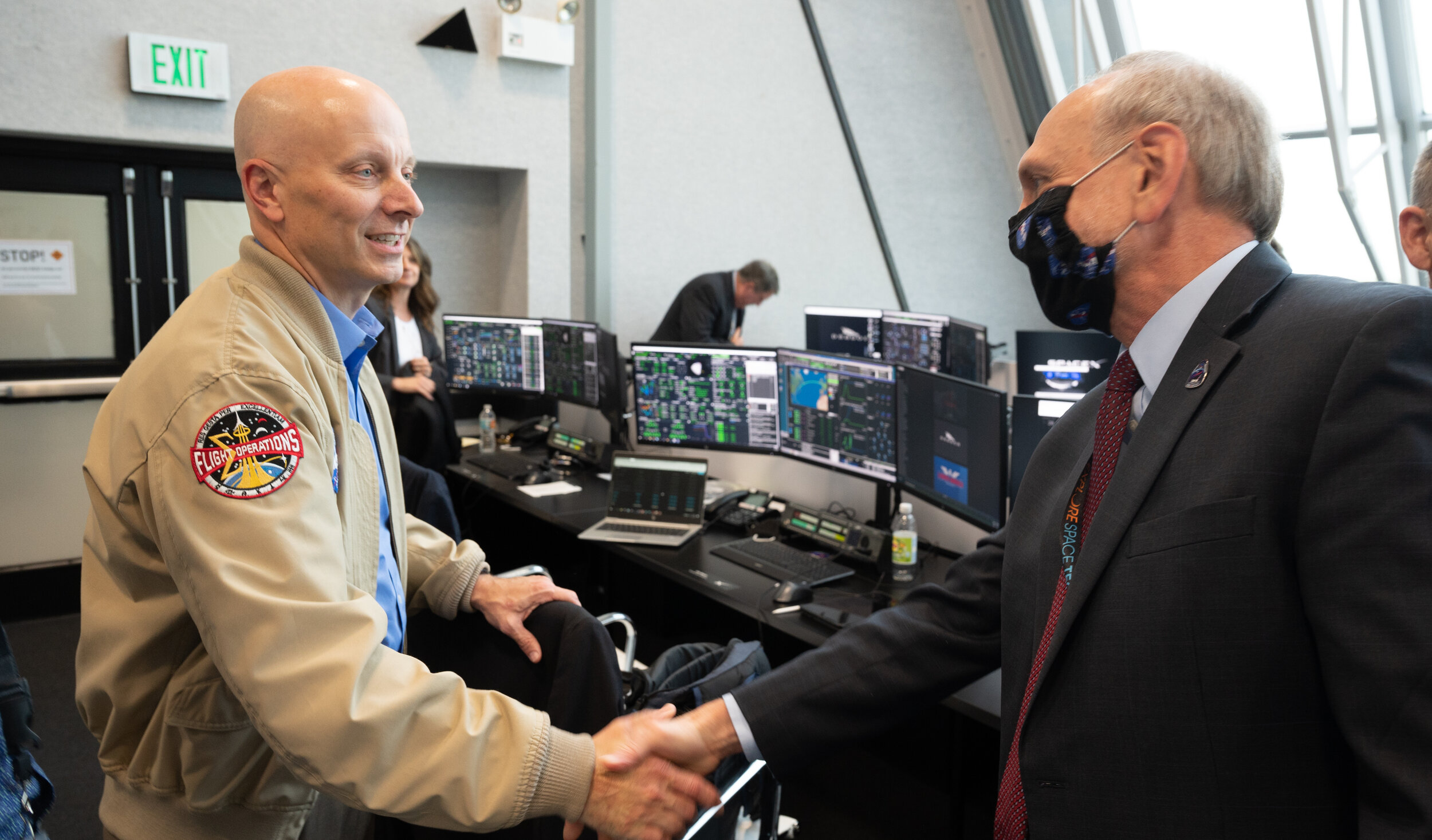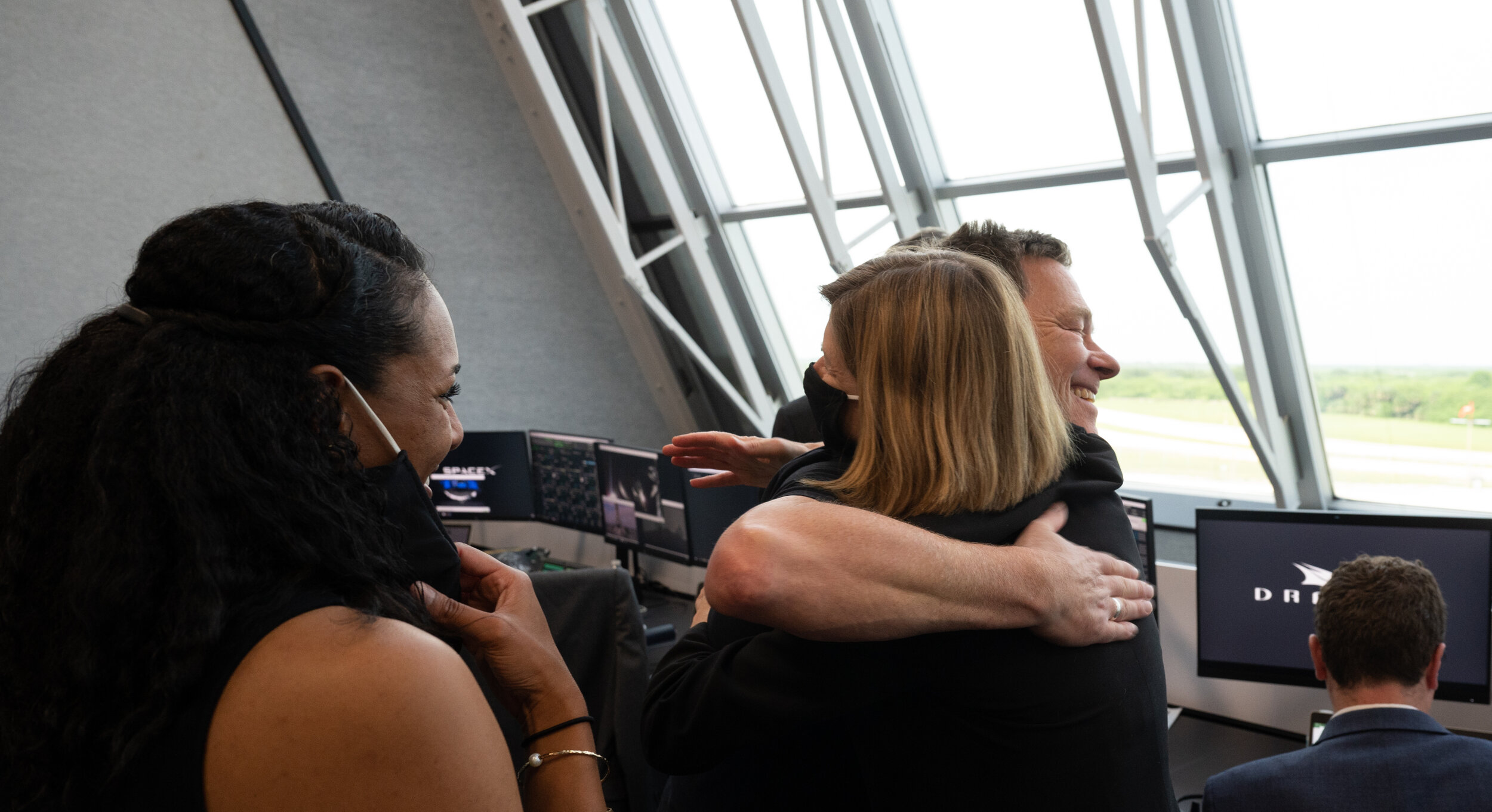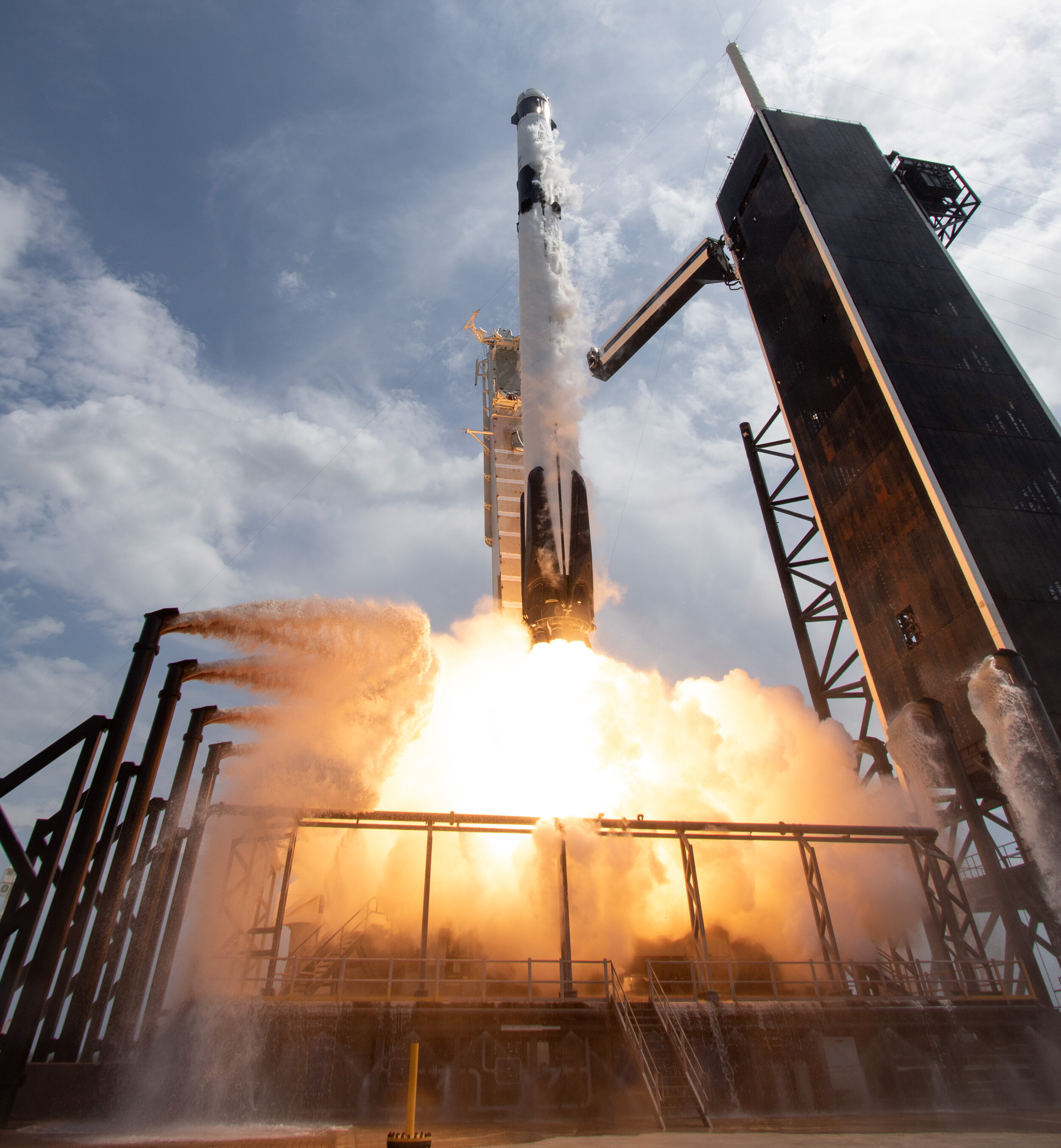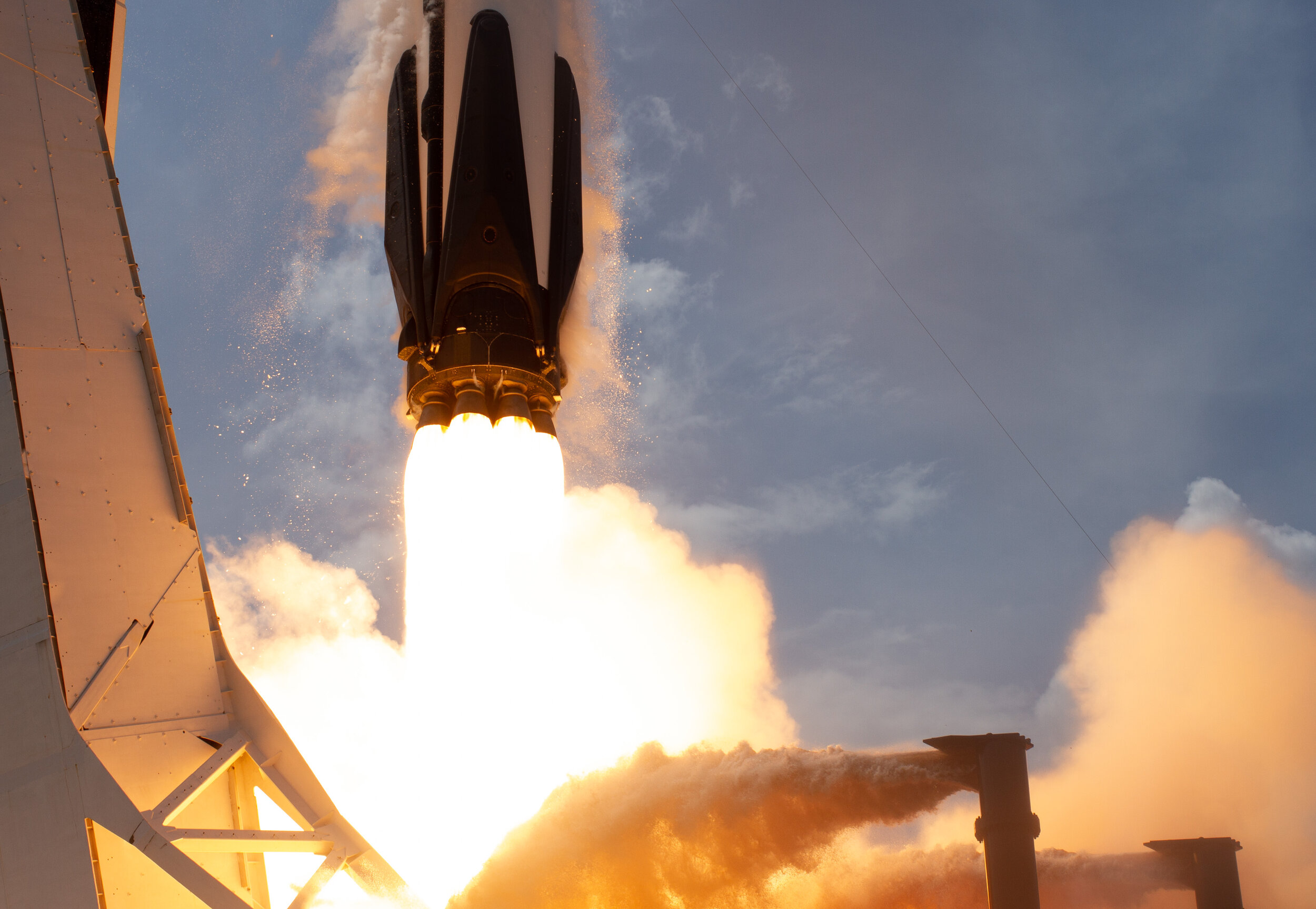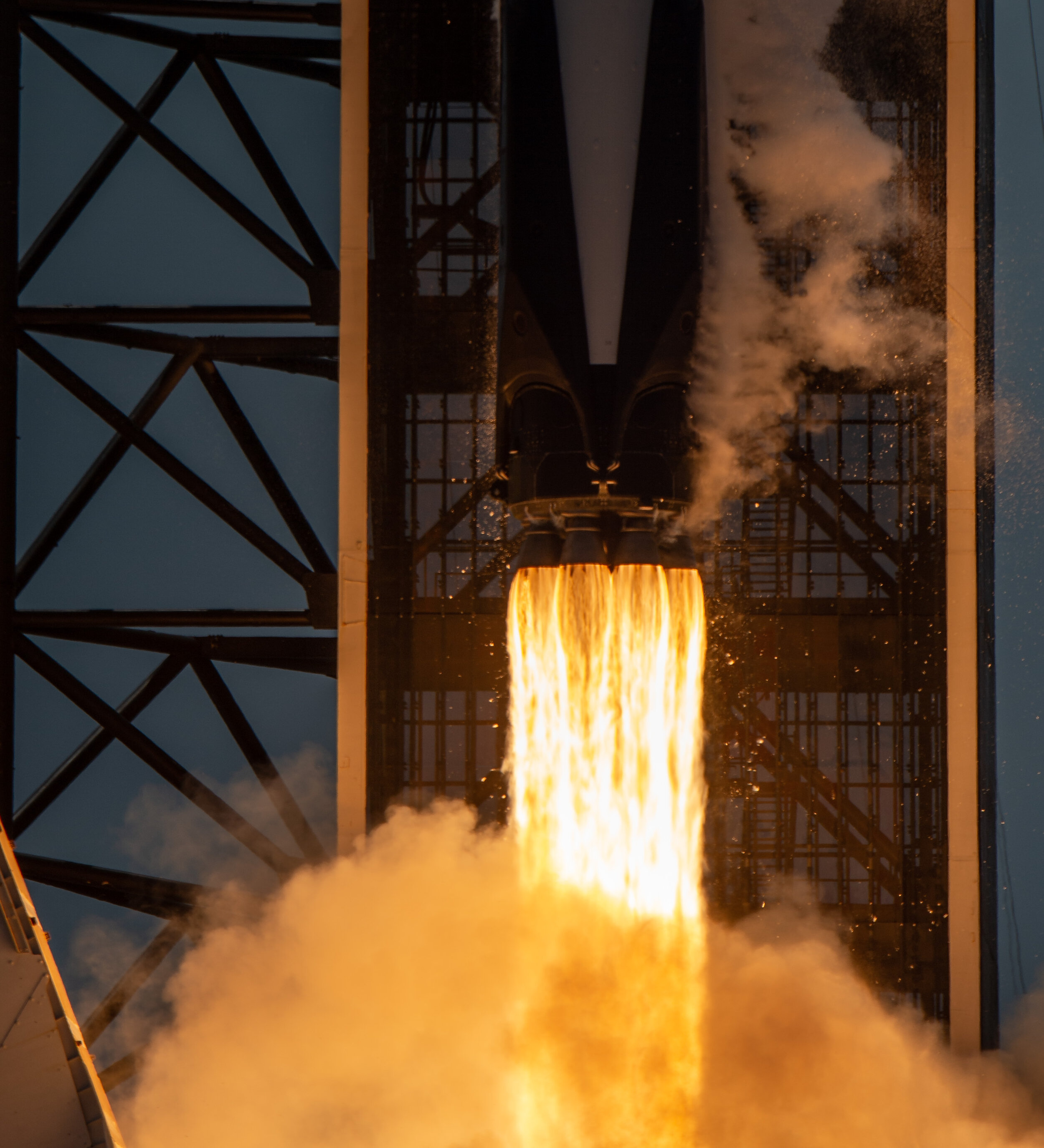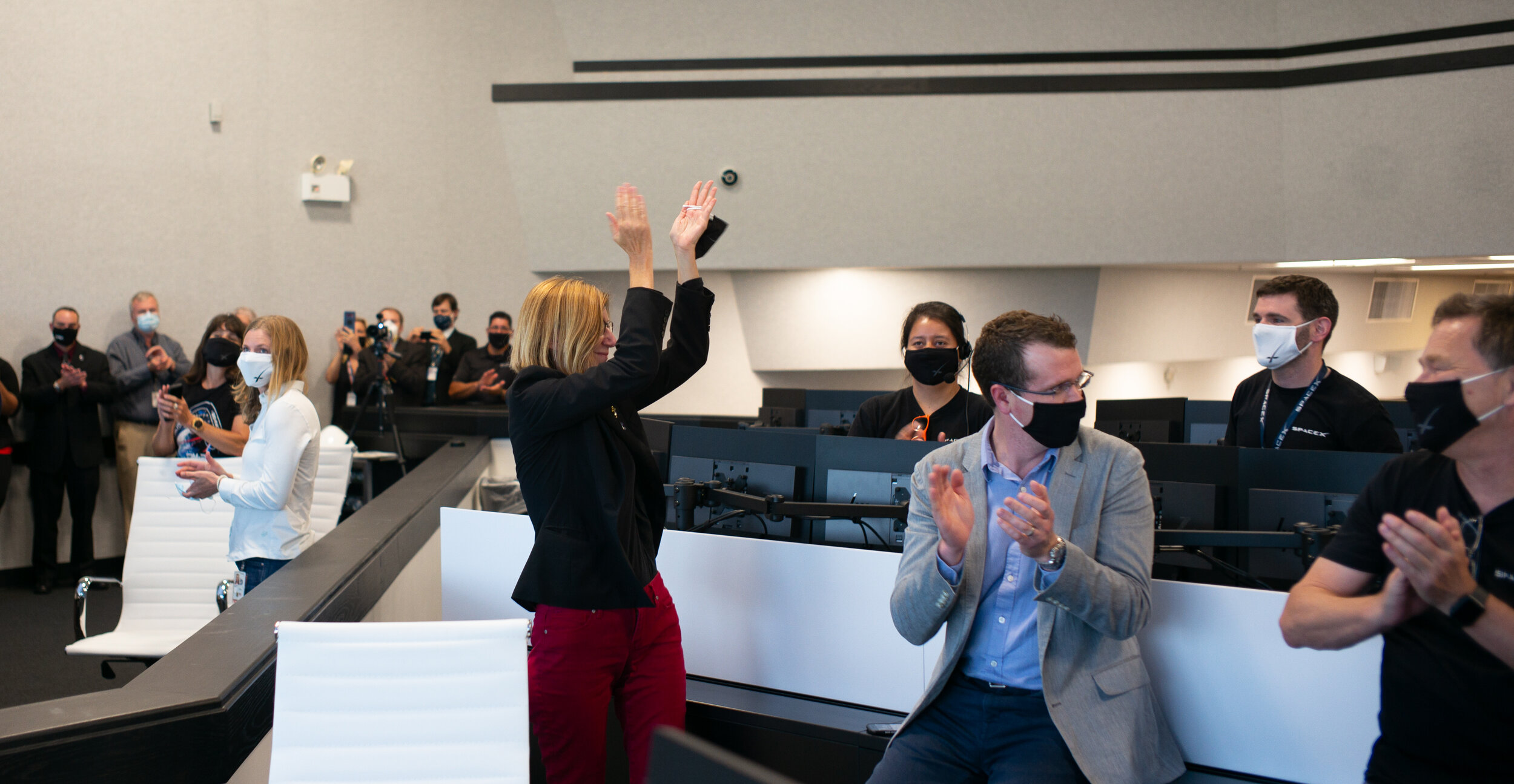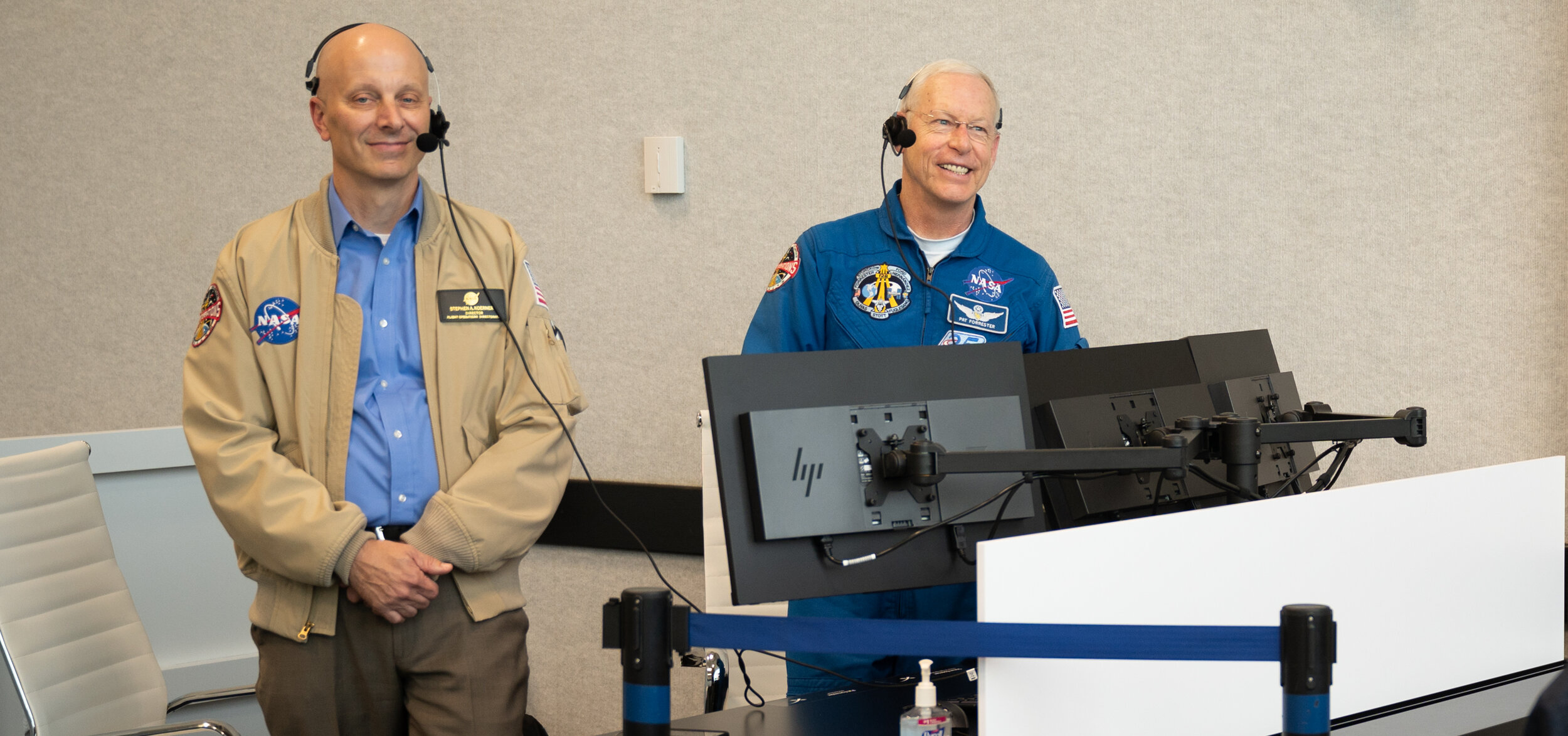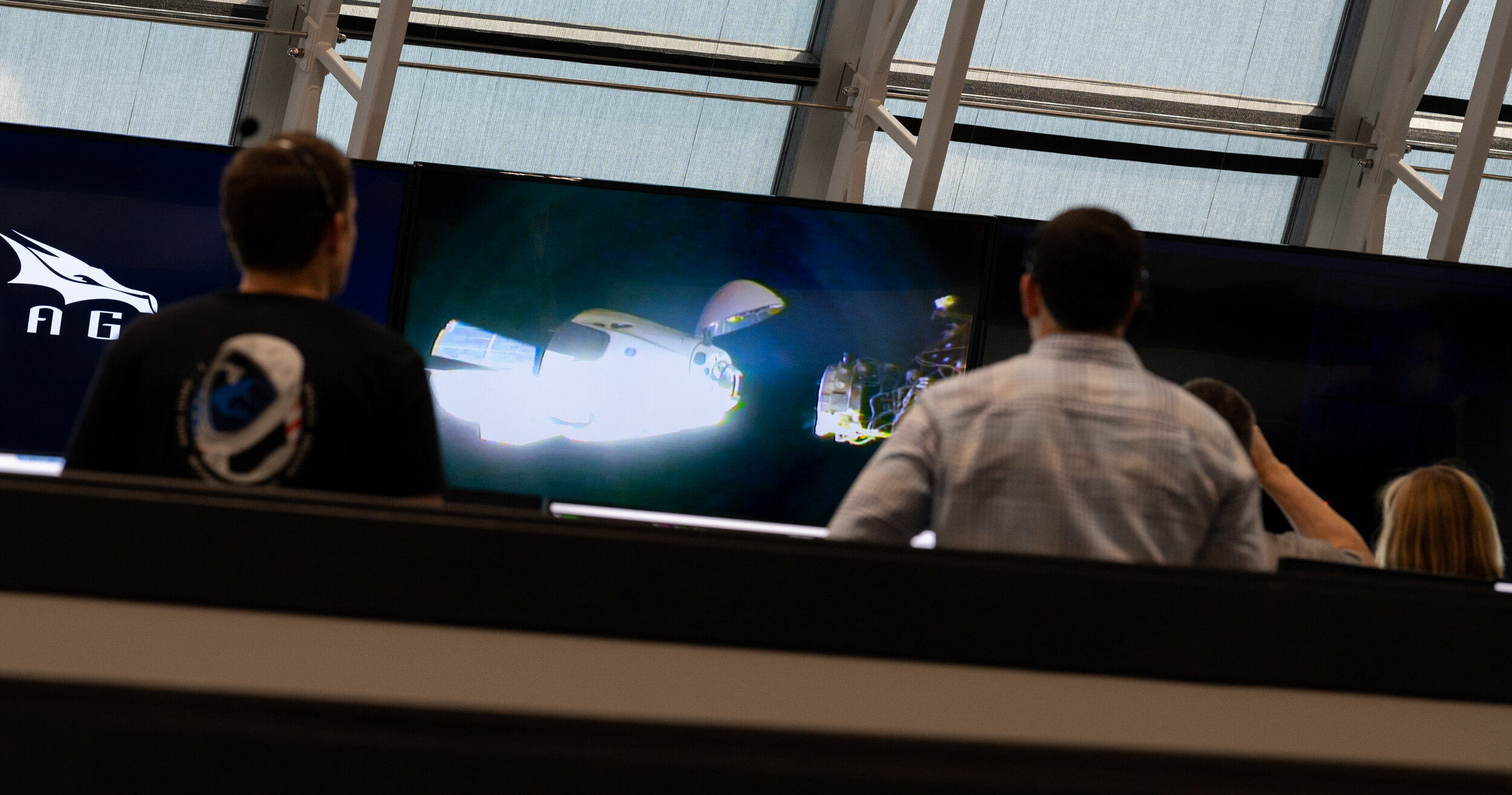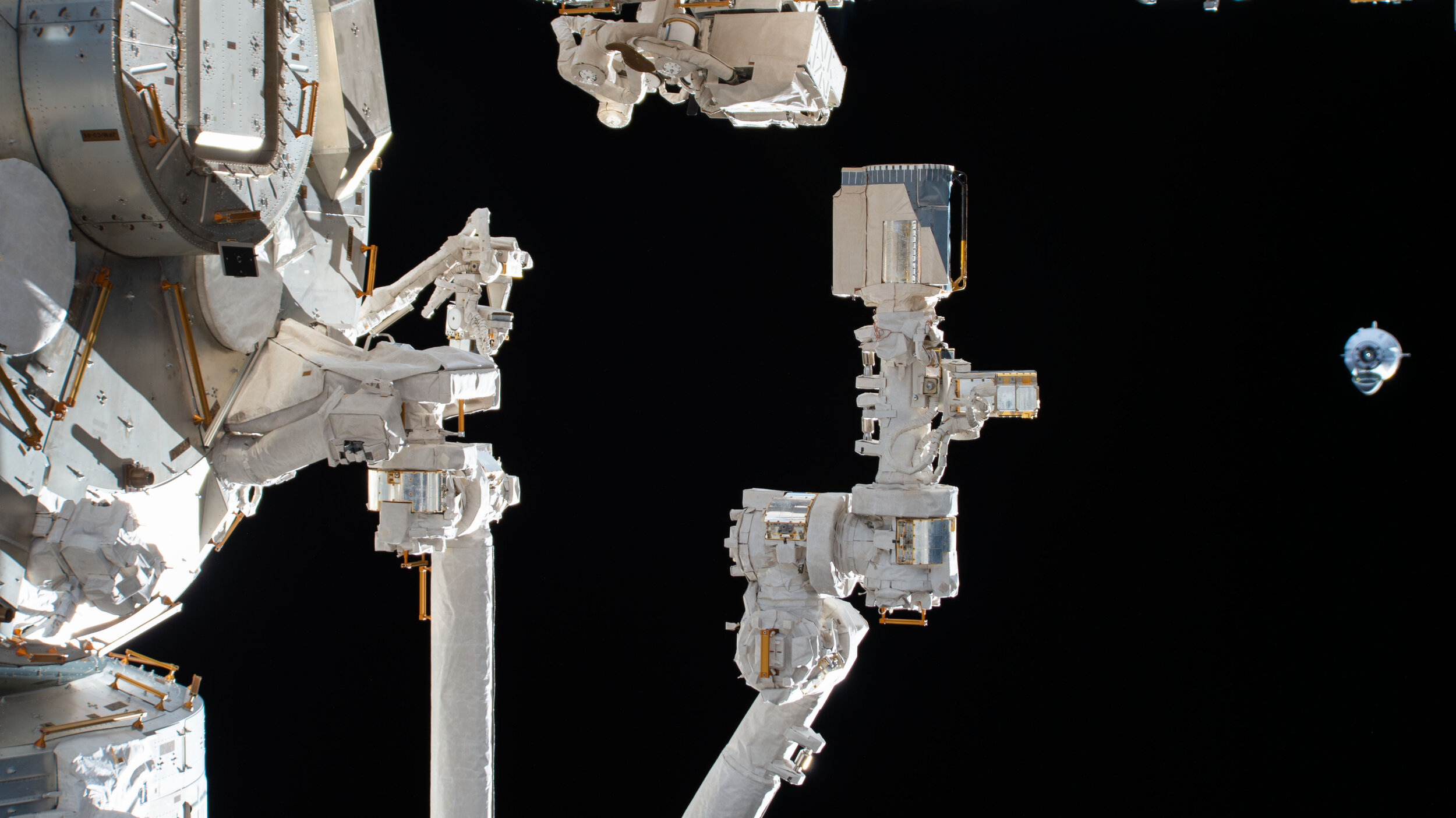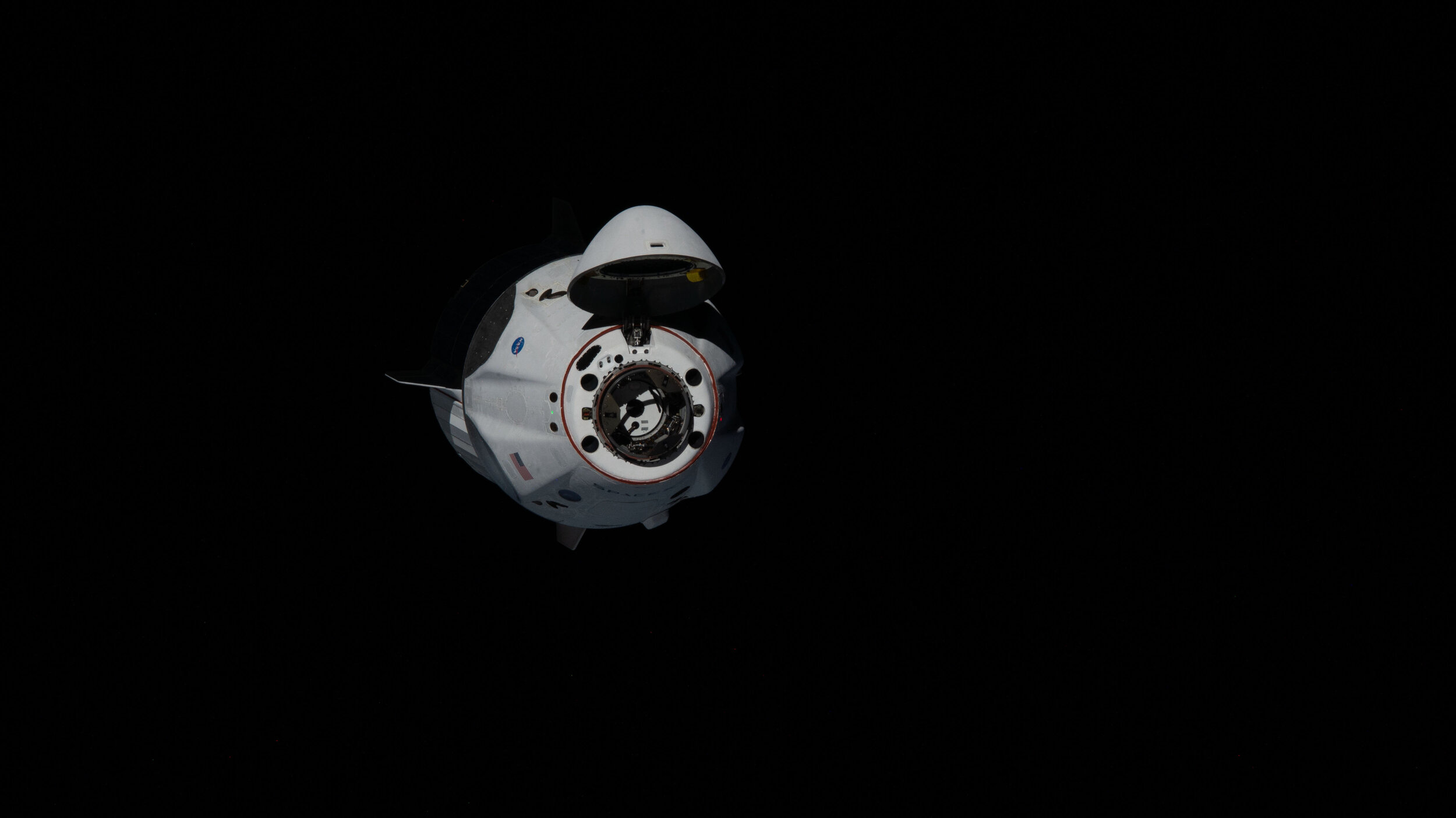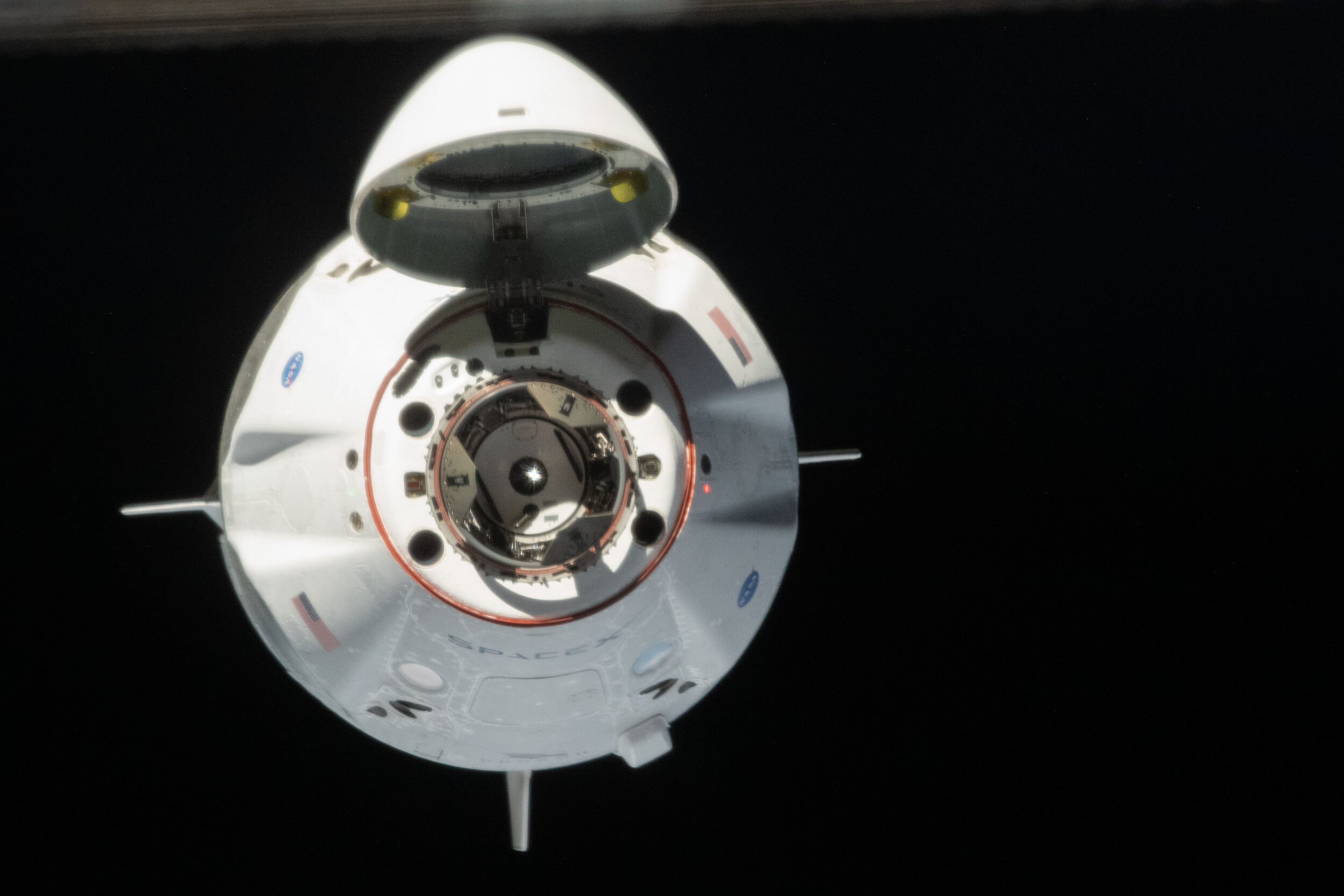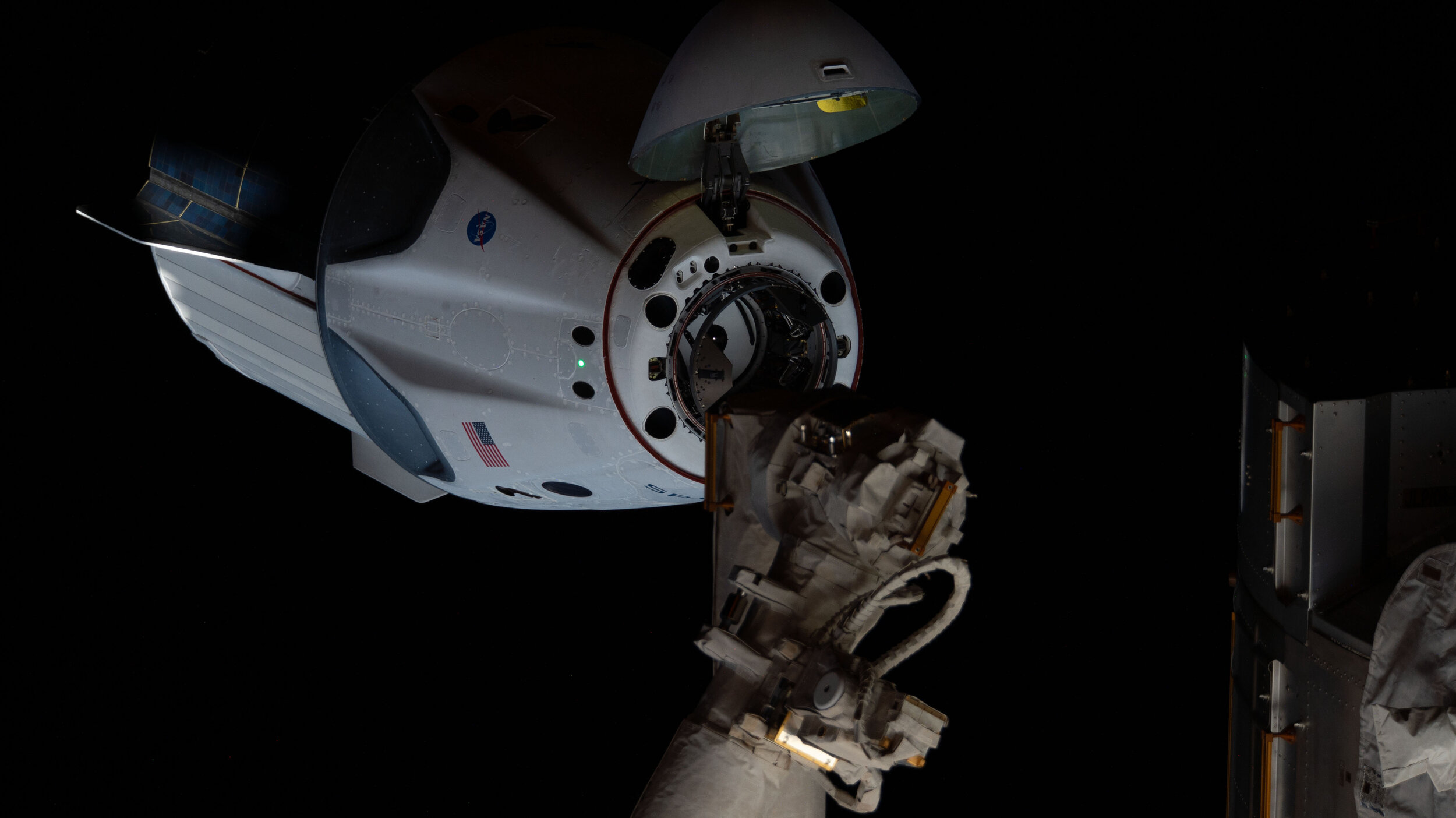Gallery: America has launched, continuing the dream
/For nearly nine years, the United States relied a Russian spacecraft to get American astronauts to the International Space Station. With the launch of SpaceX’s Crew Dragon and two NASA astronauts, that reliance has ended.
At 19:22 UTC May 30, 2020, SpaceX launched the Demo-2 Crew Dragon spacecraft and NASA astronauts Doug Hurley and Bob Behnken into space from Kennedy Space Center’s Launch Complex 39A in Florida on a mission to the International Space Station, a destination the duo reached less than a day later.
“America has launched!” said NASA public affairs officer Dan Huot moments after liftoff. “And so rises a new era of American spaceflight and with it the ambitions of a new generation continuing the dream.”
The moment the Falcon 9 rocket left the ground ended the longest gap in independent human orbital launch capability in the history of the United States since the country began sending people into space in 1961.
On July 8, 2011 — 3,249 days, 3 hours and 53 minutes before the Demo-2 mission — NASA launched its final space shuttle orbiter, Atlantis, on a 13-day flight to resupply the ISS and wrap up the storied program’s 30-year history.
At the time the STS-135 mission landed, nobody new how long it would be before American’s would return to space on an American vehicle from American soil.
Because of that, it’s important to recognize and thank the Russian space program for continuing to send U.S. astronauts to the ISS. That won’t change during the Commercial Crew Program era, however. American astronauts are still expected to fly on Soyuz spacecraft and cosmonauts on Crew Dragon and Boeing’s upcoming Starliner, ensuring there is always at least one American and one Russian at the ISS at all times.
What the Commercial Crew Program offers is dissimilar redundancy. If something happens to one spacecraft causing a temporary halt in flights — such as what happened in October 2018 because of the in-flight abort of Soyuz MS-10 or the 2.5 year grounding of the space shuttle program because of the breakup of Columbia in 2003 — there will still be guaranteed access to the ISS.
Echoing what was said on Twitter by Steve Trimble of Aviation Week on the day of the Demo-2 launch, let’s never again wait 3,249 days for the next American human spaceflight.
With two — soon to be three — spacecraft with the ability to fly astronauts and cosmonauts to the ISS and back, or any other low Earth orbit destination, we’ll hopefully never have to again.
Hurley and Behnken are expected to stay at the ISS for at least a month and possibly up to three months. During that time, the duo will evaluate Crew Dragon’s systems as well as help the three-person Expedition 63 crew with various tasks around the outpost, including a series of spacewalks.
It’s hoped the next U.S. human orbital spaceflight, will happen about a month after the Demo-2 mission concludes. Right now, NASA managers have penciled in Aug. 30 for the launch of the “Crew-1” mission, but a number of factors are expected to influence the final date.
When the Crew-1 Dragon launches to the ISS, it’s slated to have four astronauts aboard — NASA astronauts Michael Hopkins, Victor Glover and Shannon Walker, along with Japanese astronaut Soichi Noguchi. Their mission will be a six-month stay aboard the ISS.
This new era we are embarking on — which includes the Commercial Crew Program and NASA’s Artemis program — is the beginning of what will hopefully see the resumption of human exploration of deep space, the expansion of the global economy beyond geostationary Earth orbit and the establishment of the foundation for humanity to become a multiplanetary species. America, and the world, is continuing the dream.
Below is a gallery of photos from NASA as well as several videos about the mission. Relive the moment.





